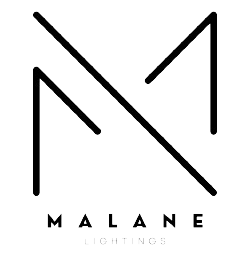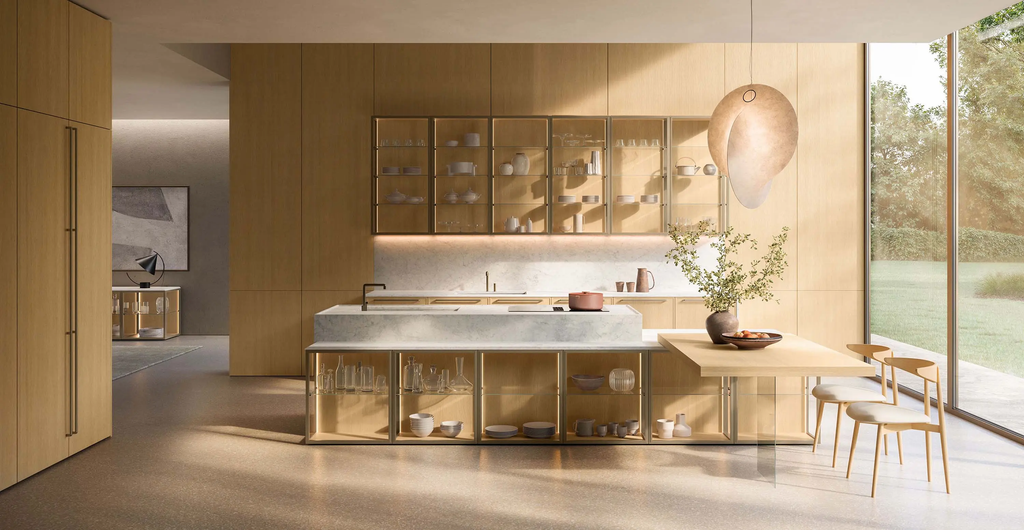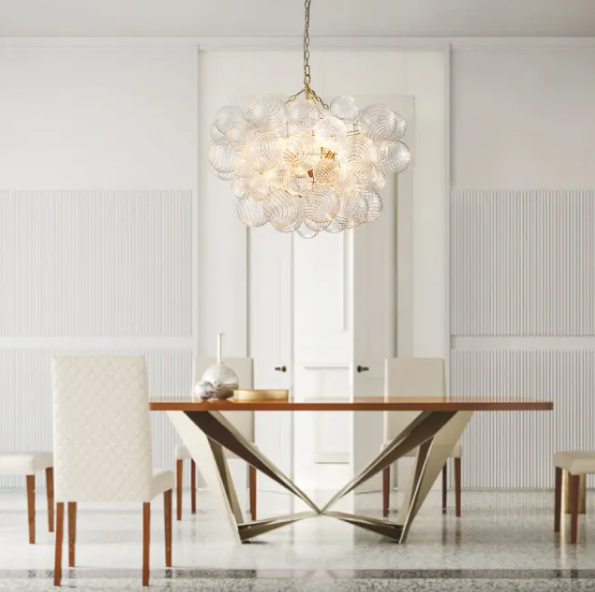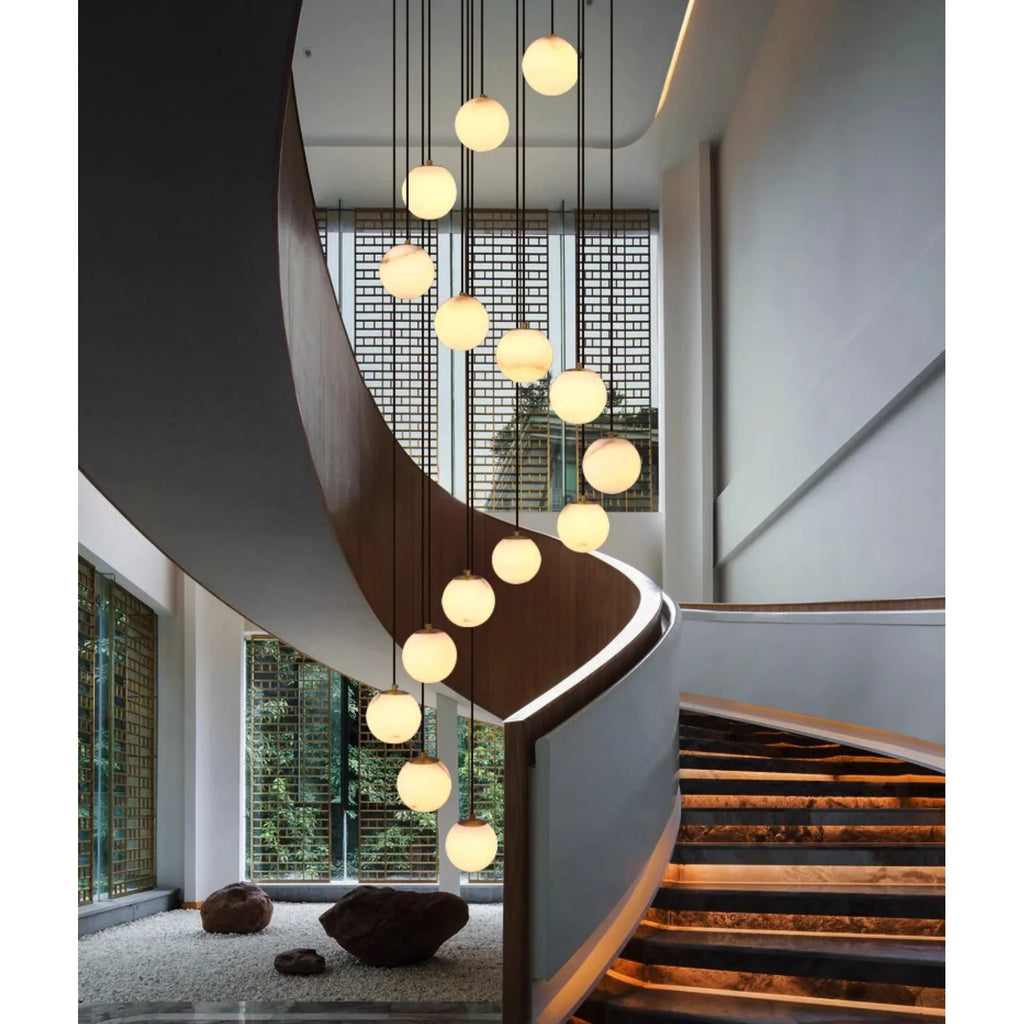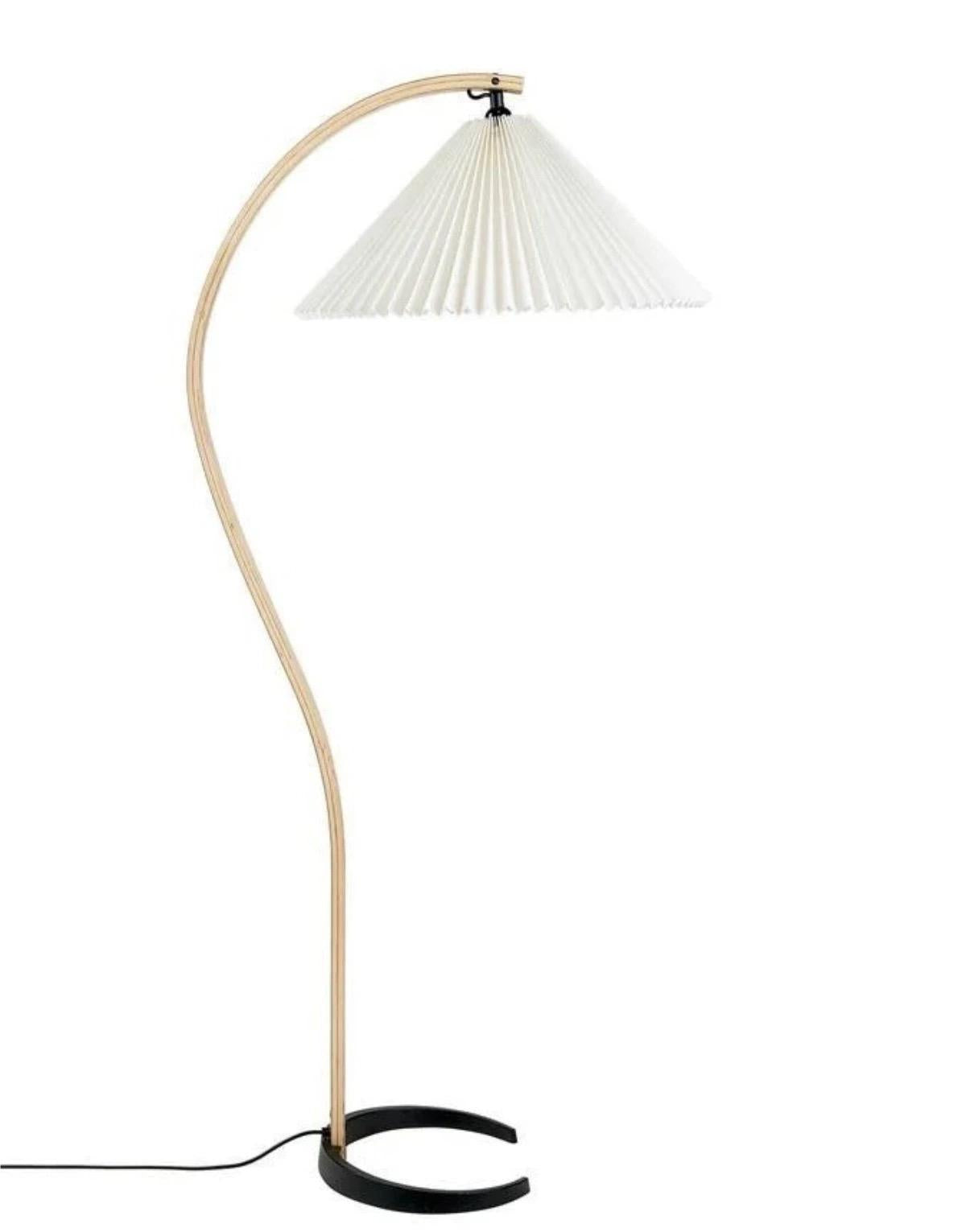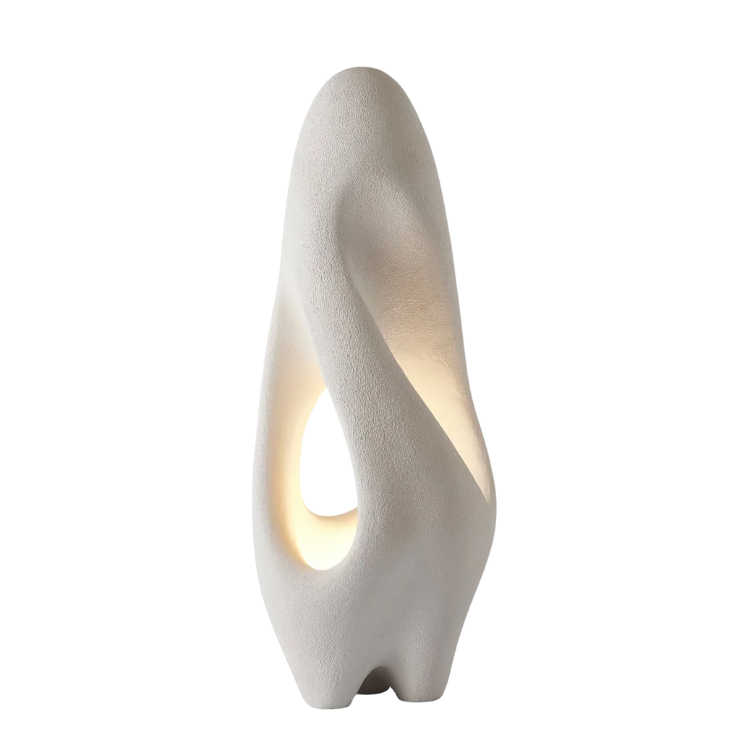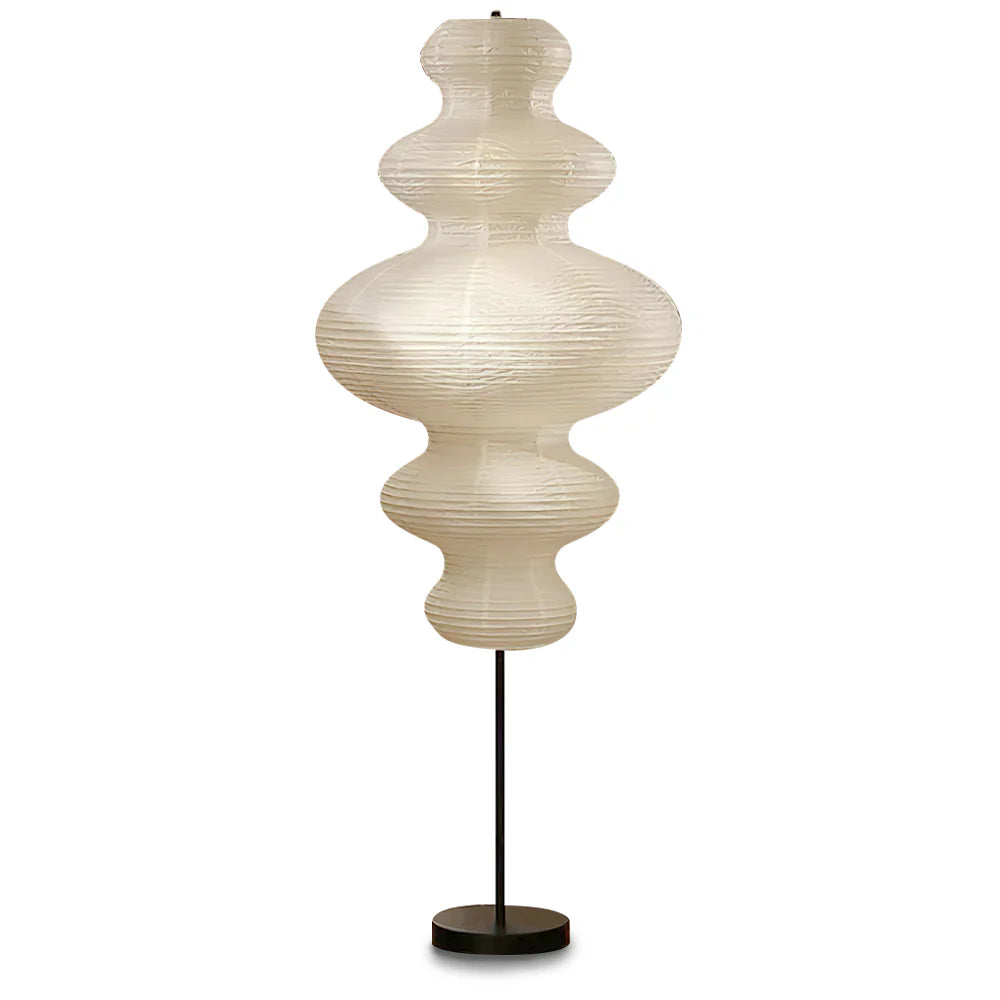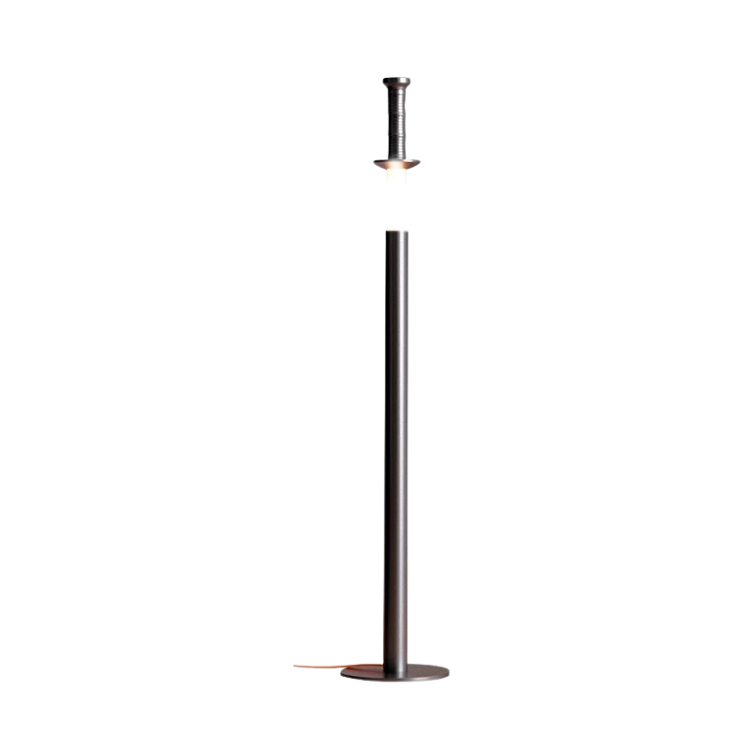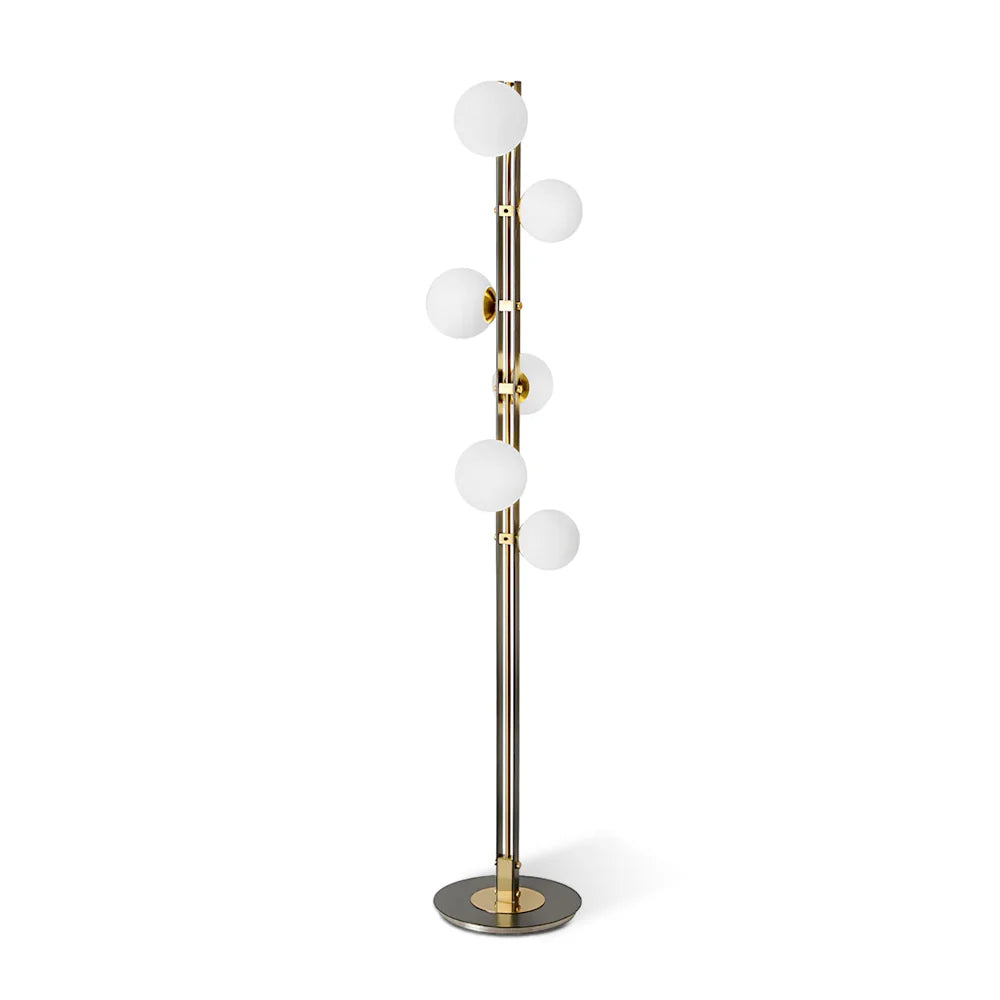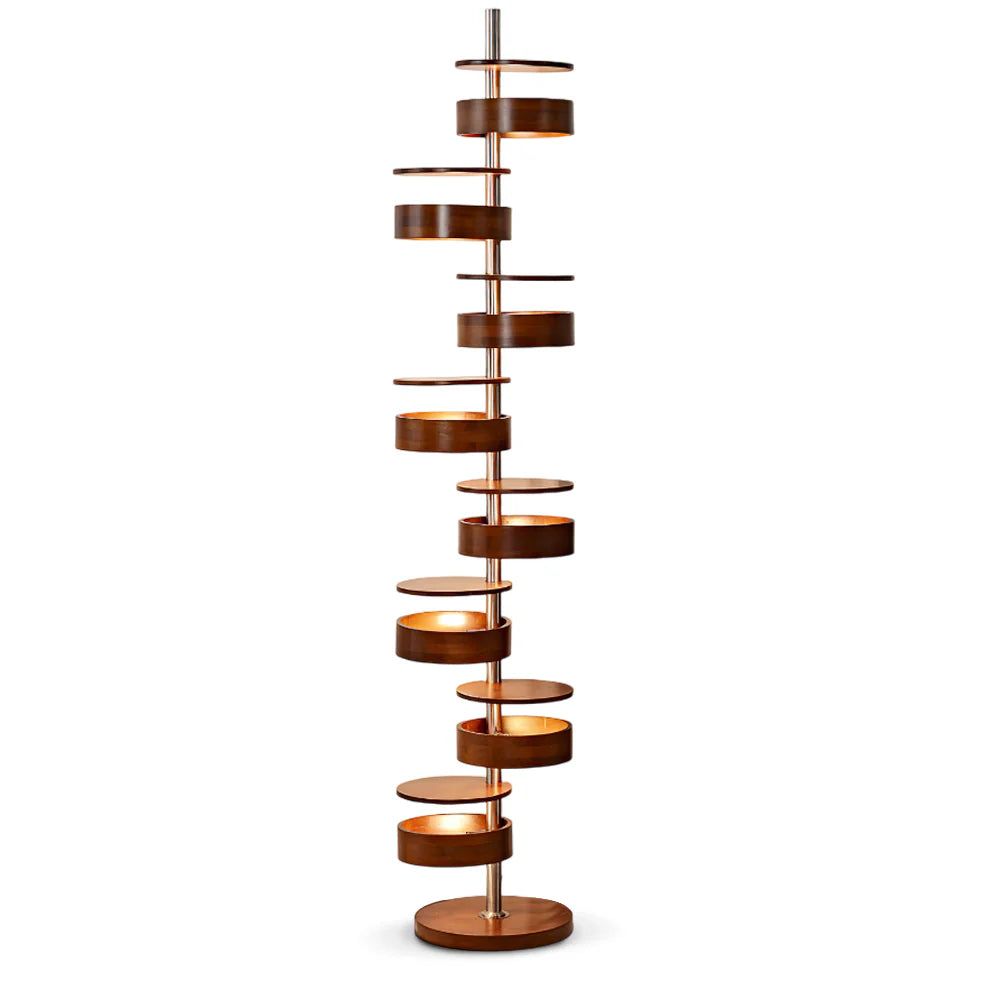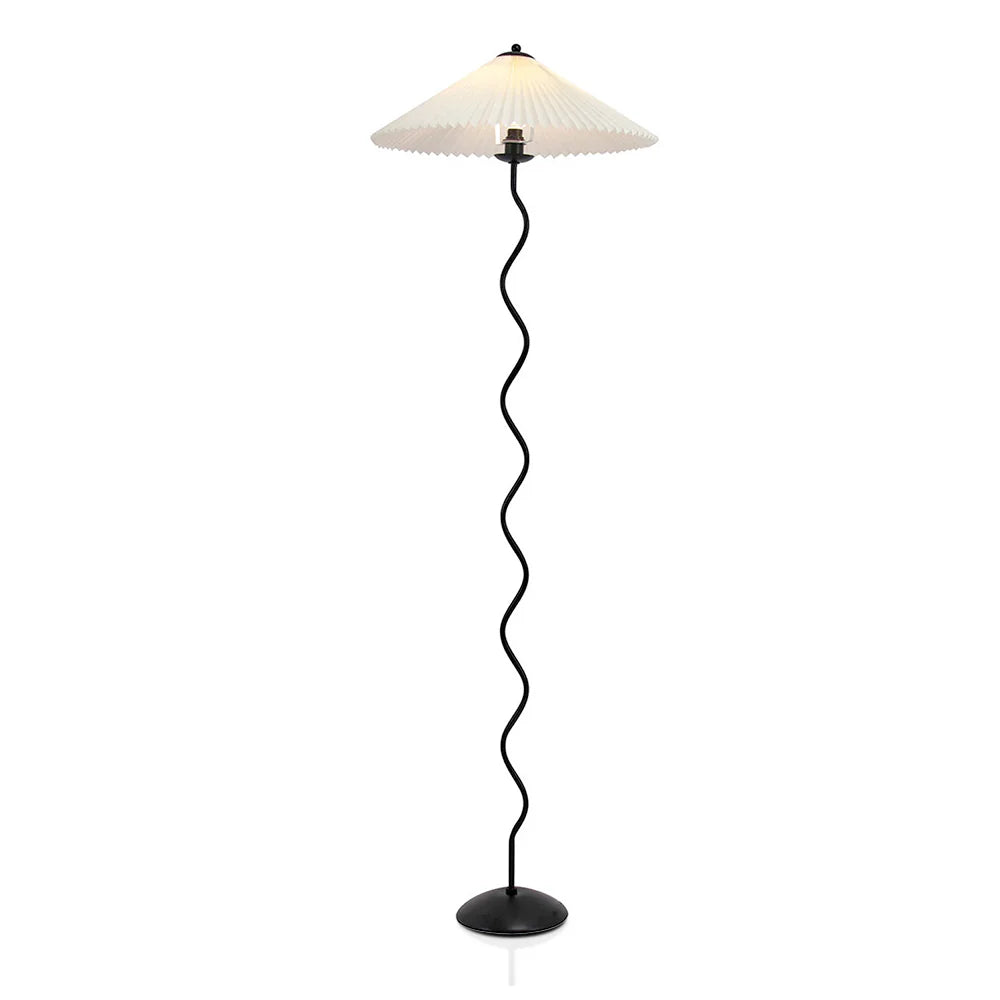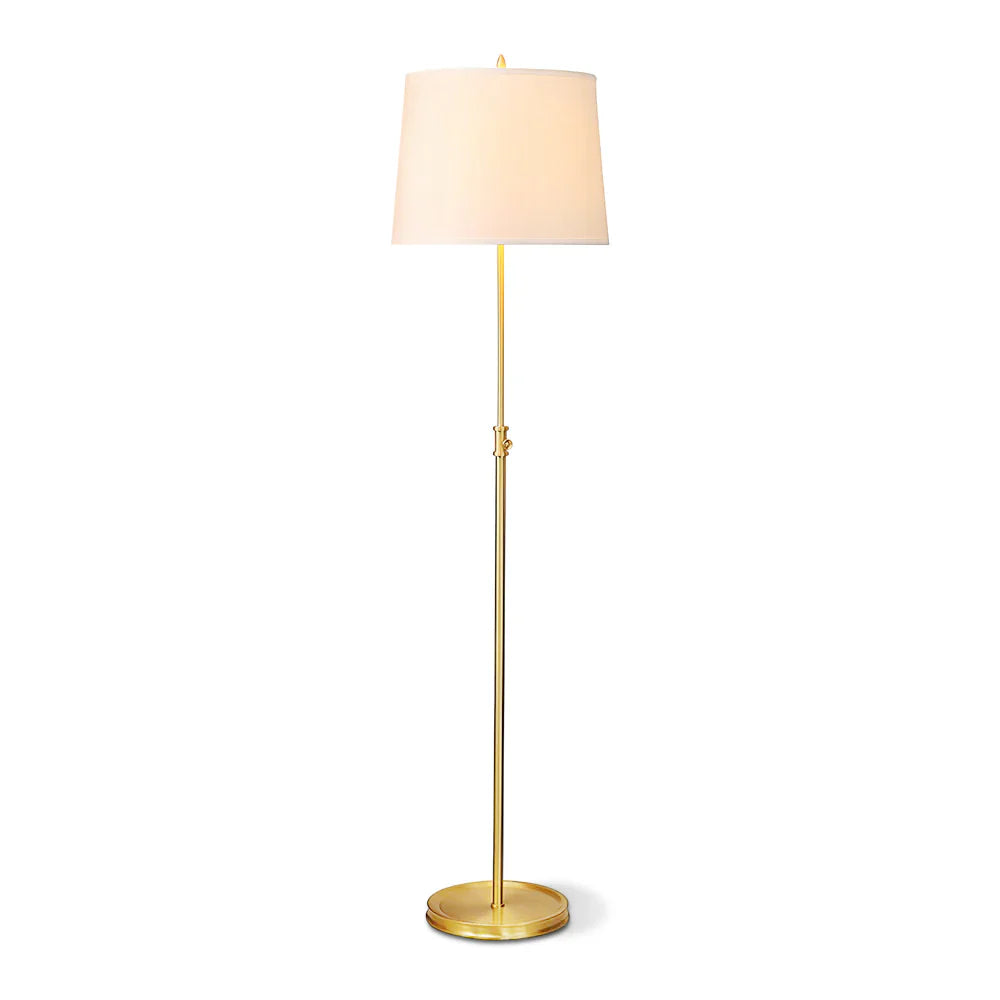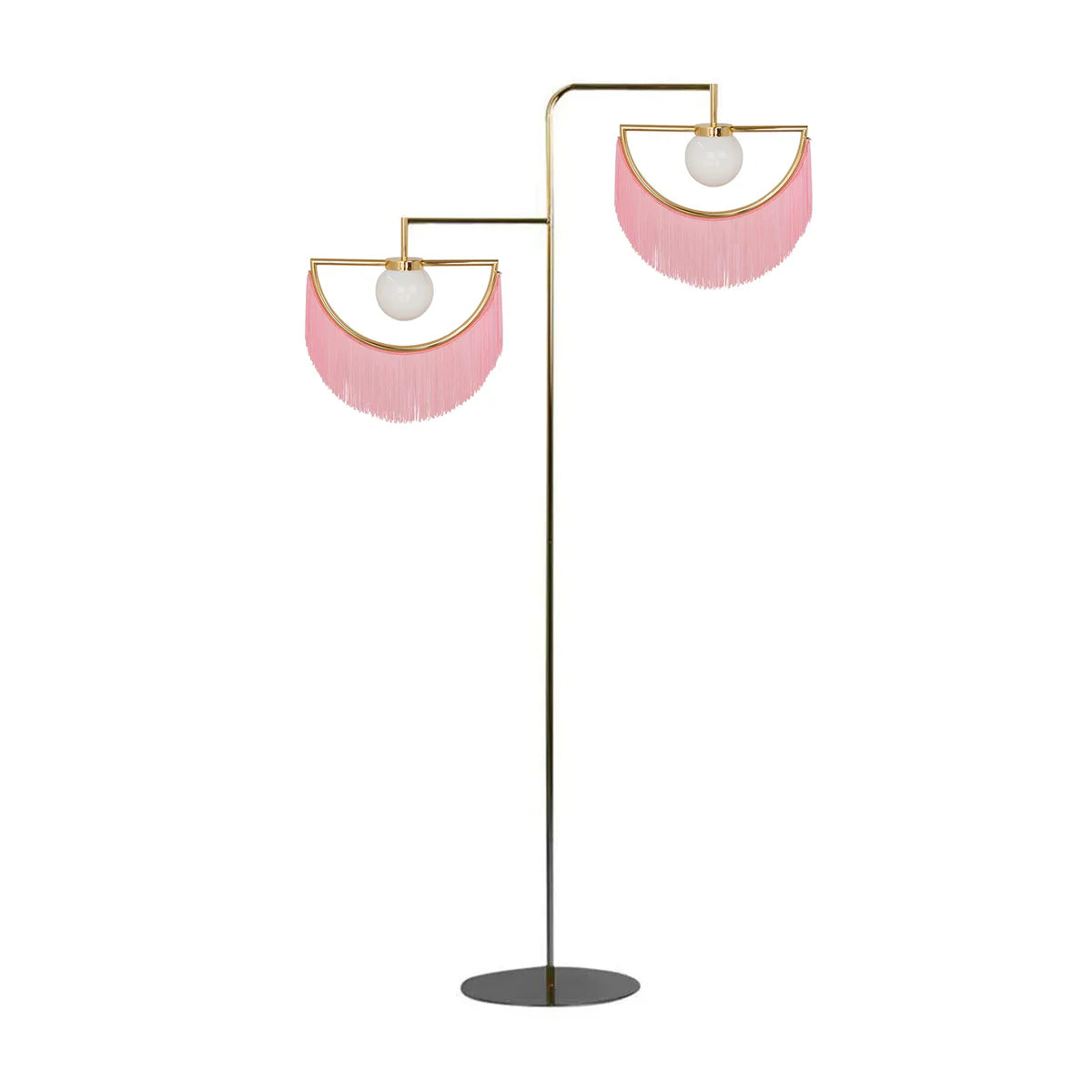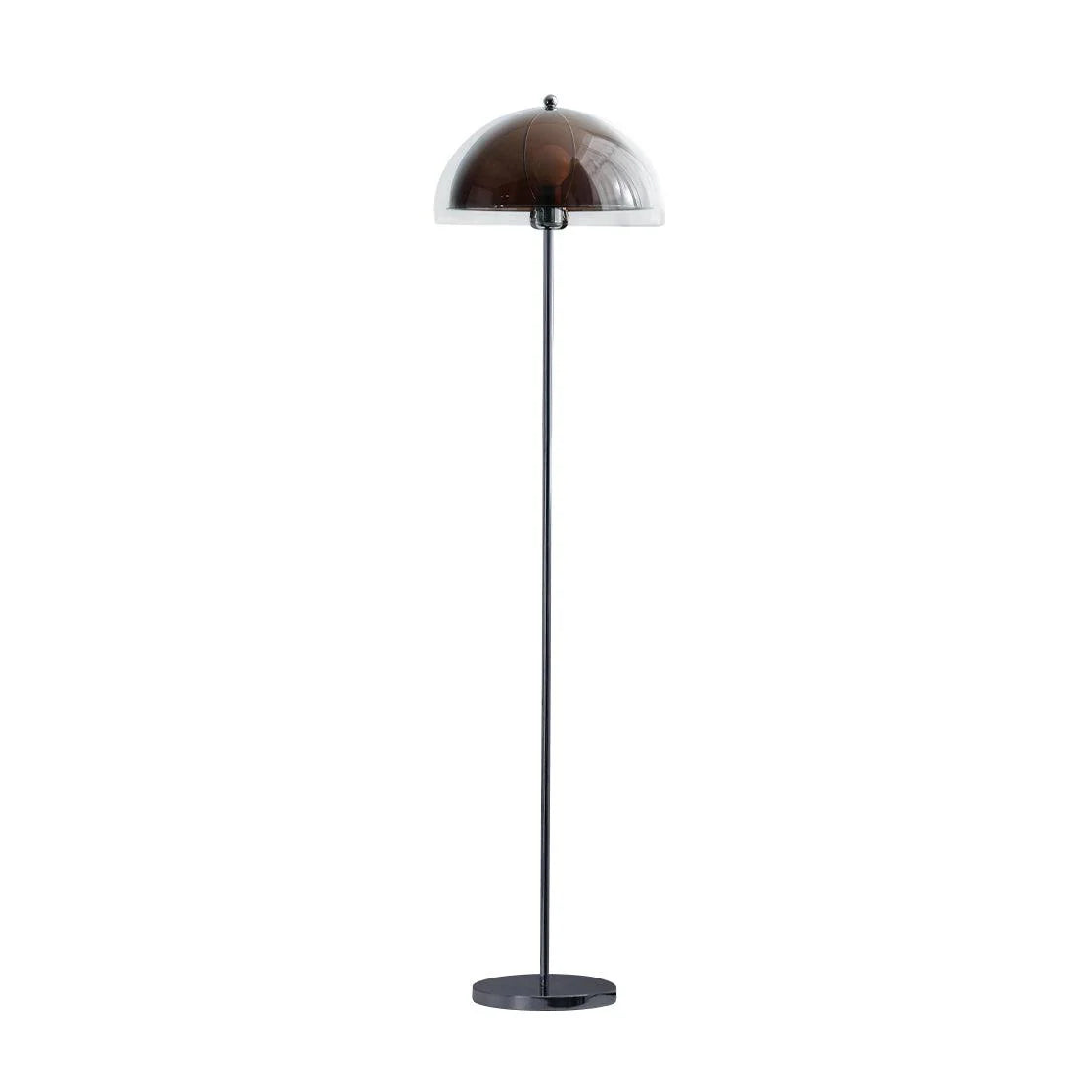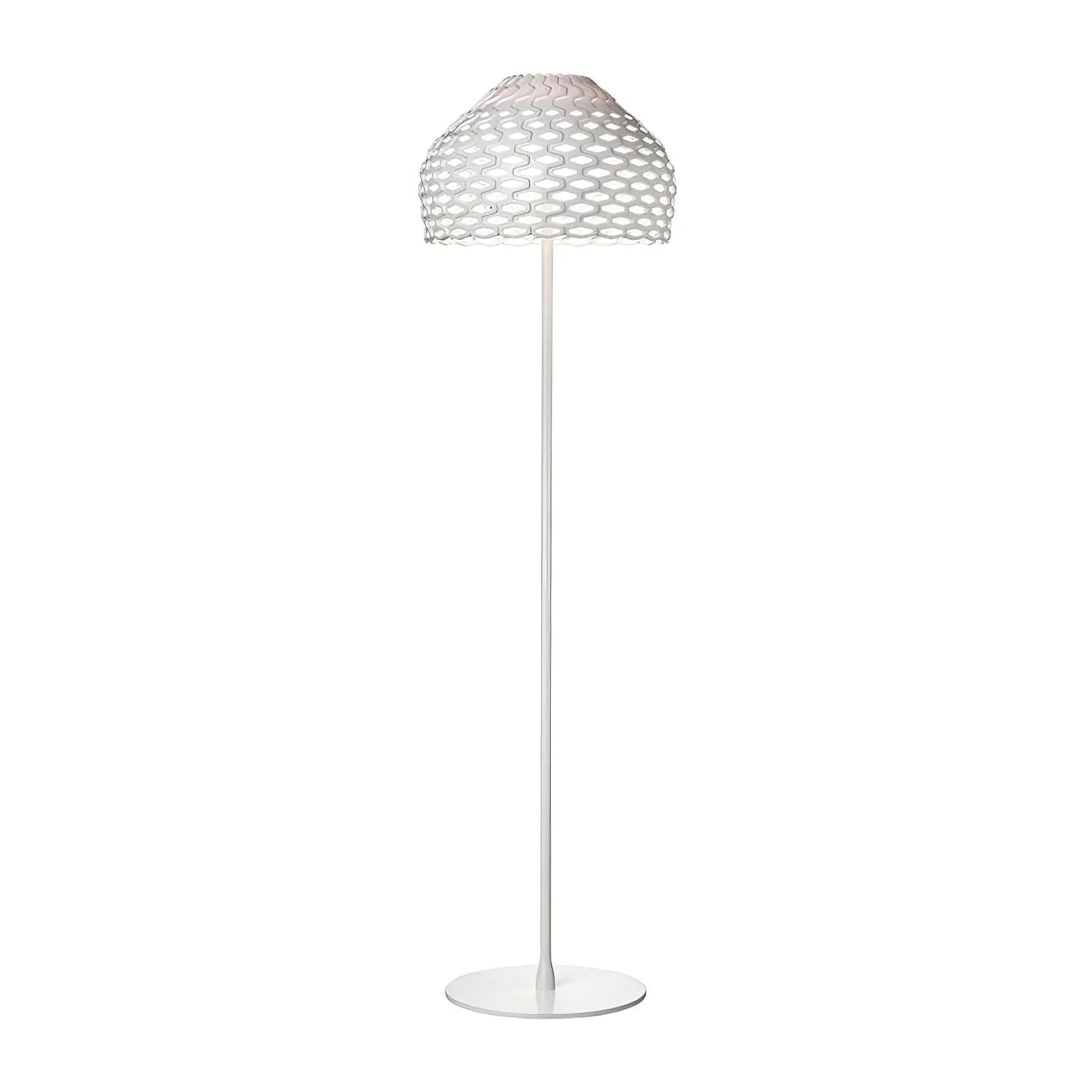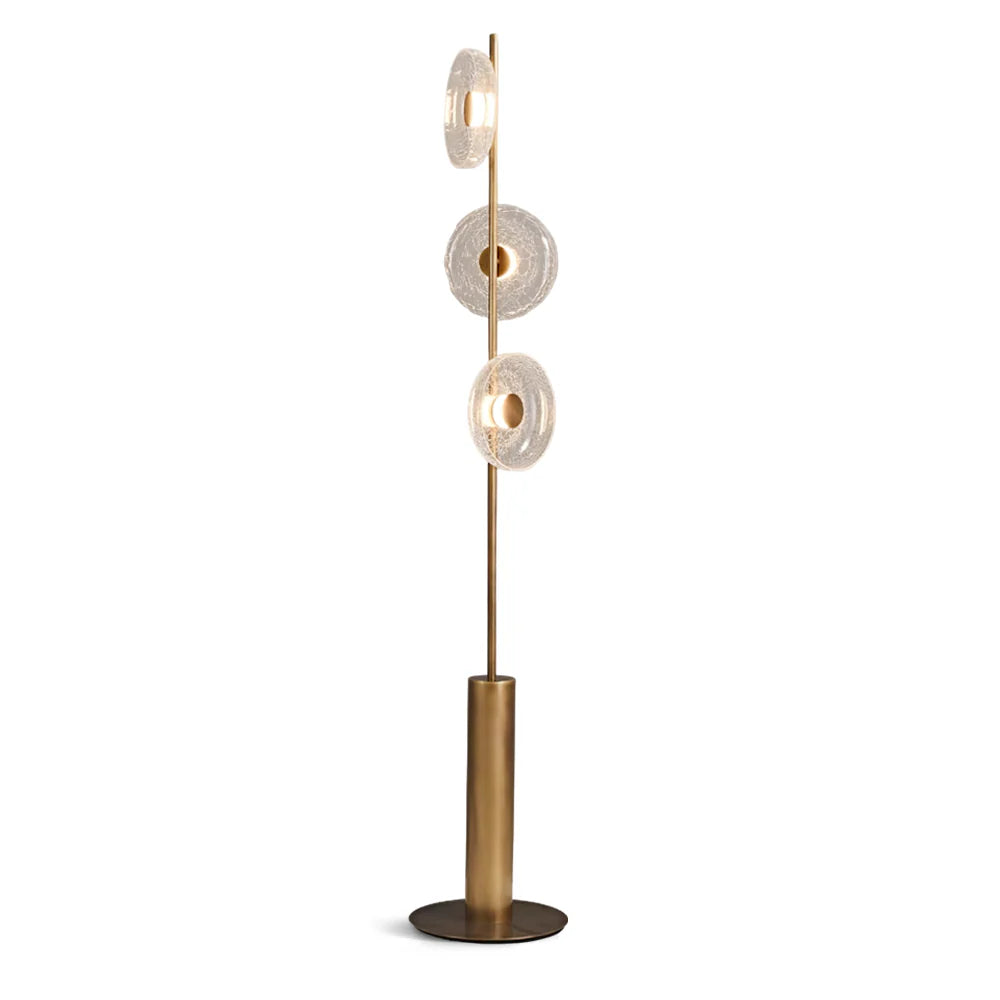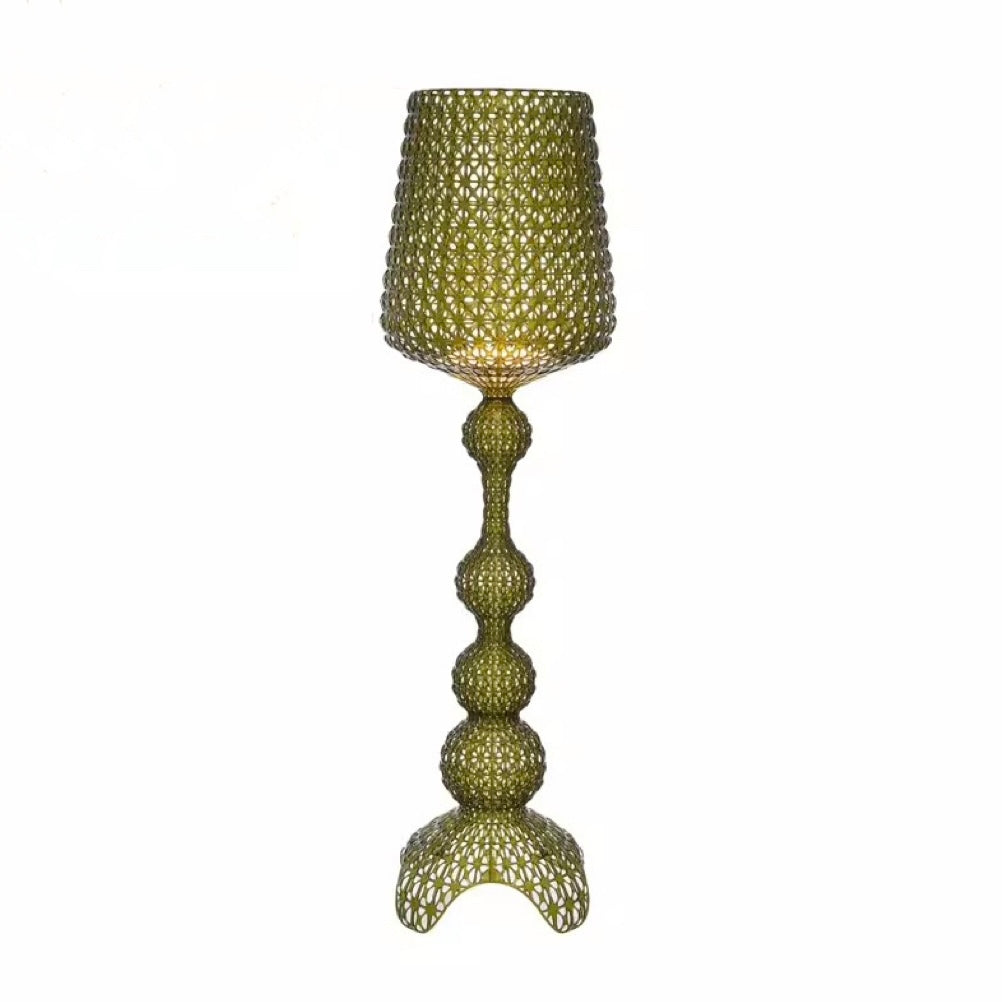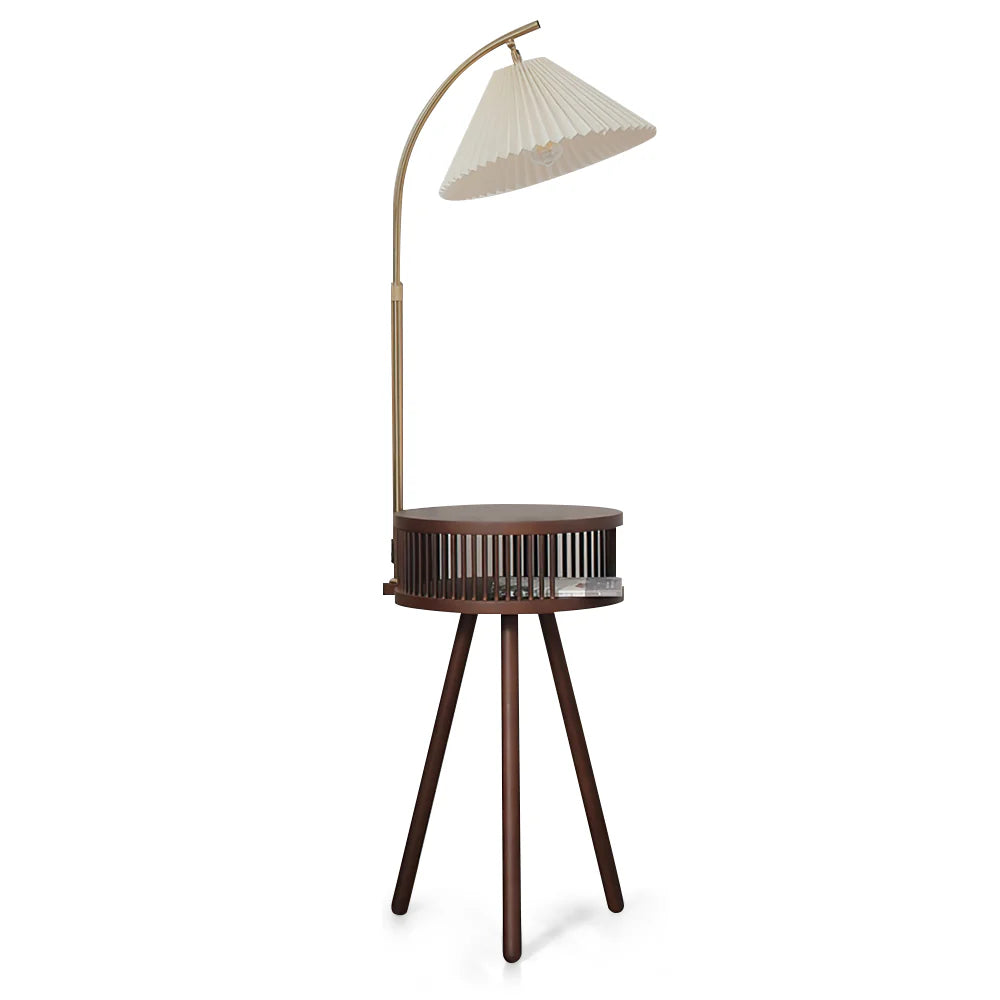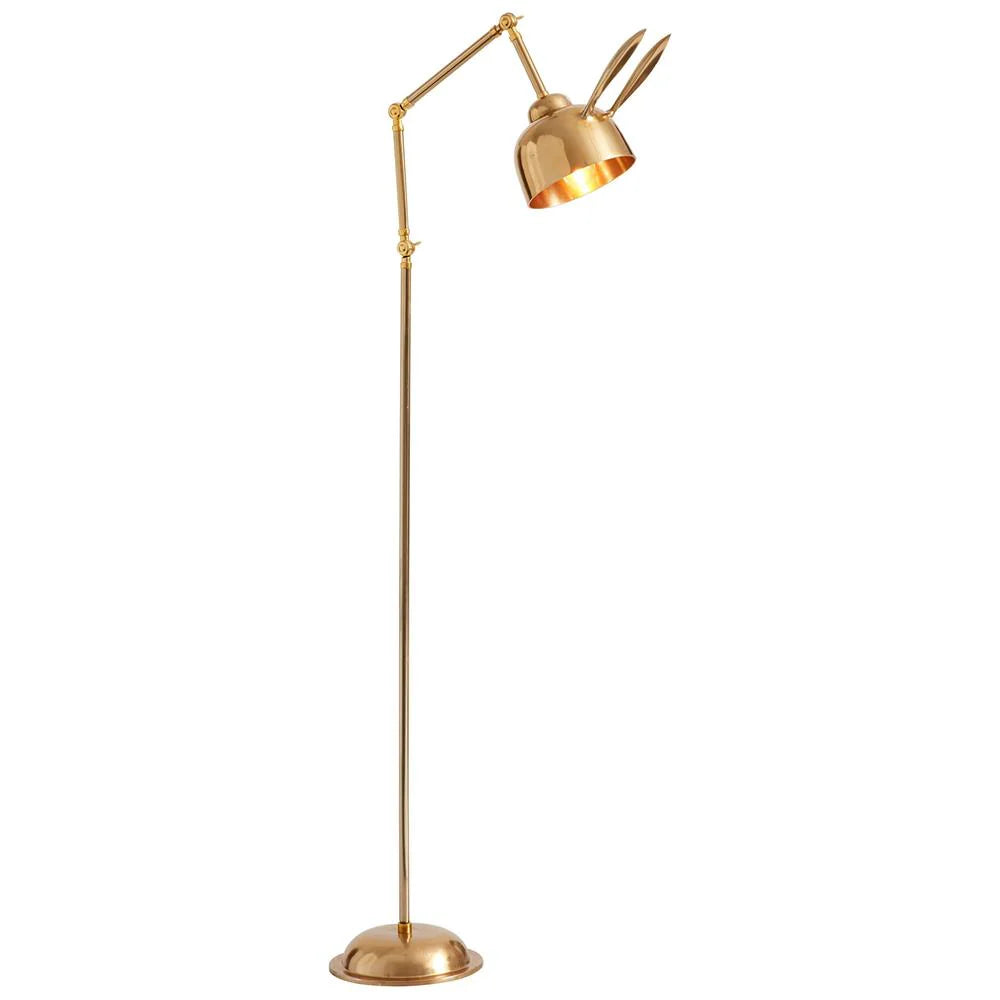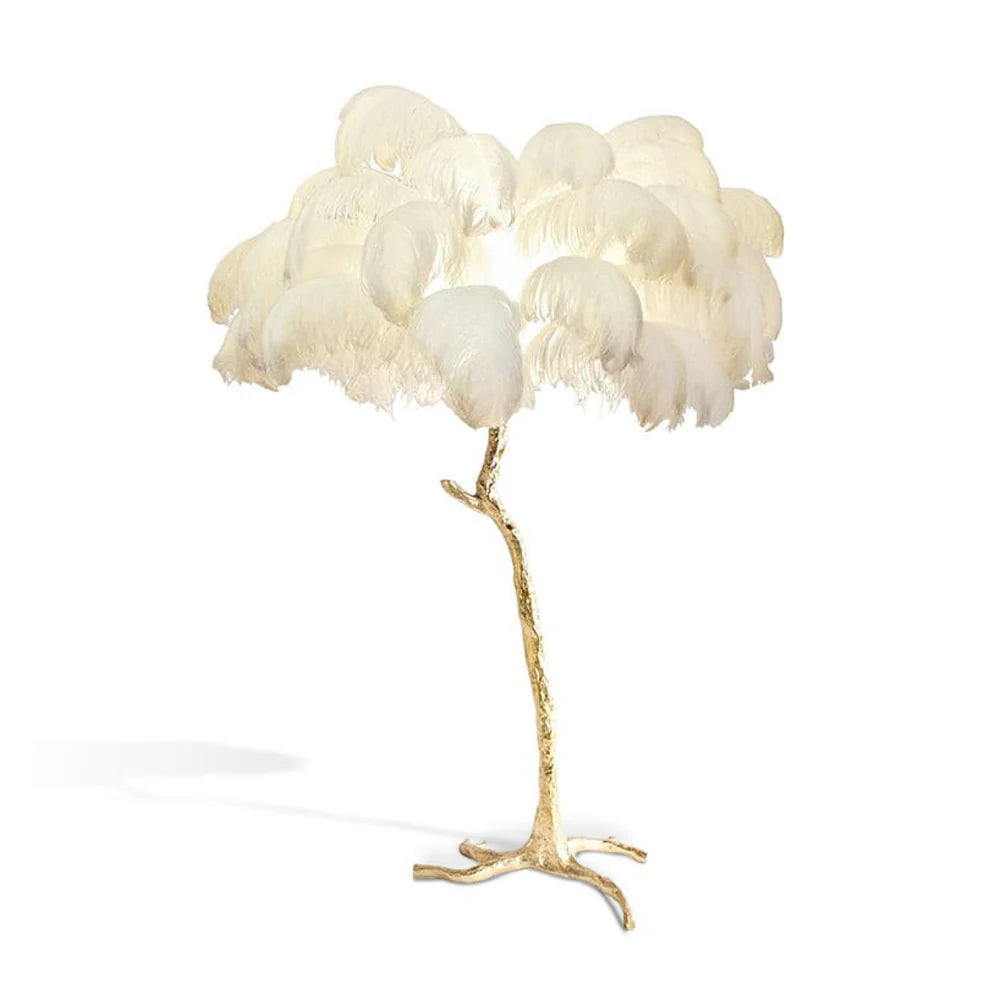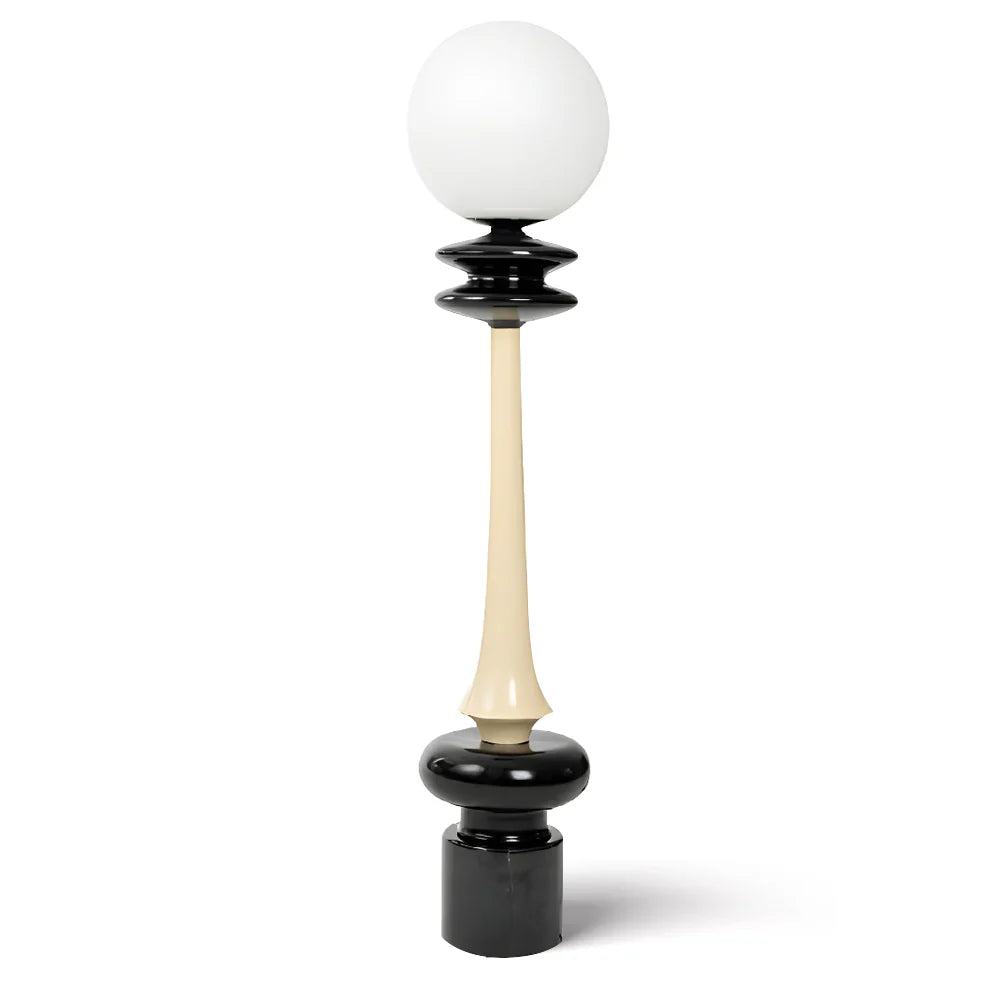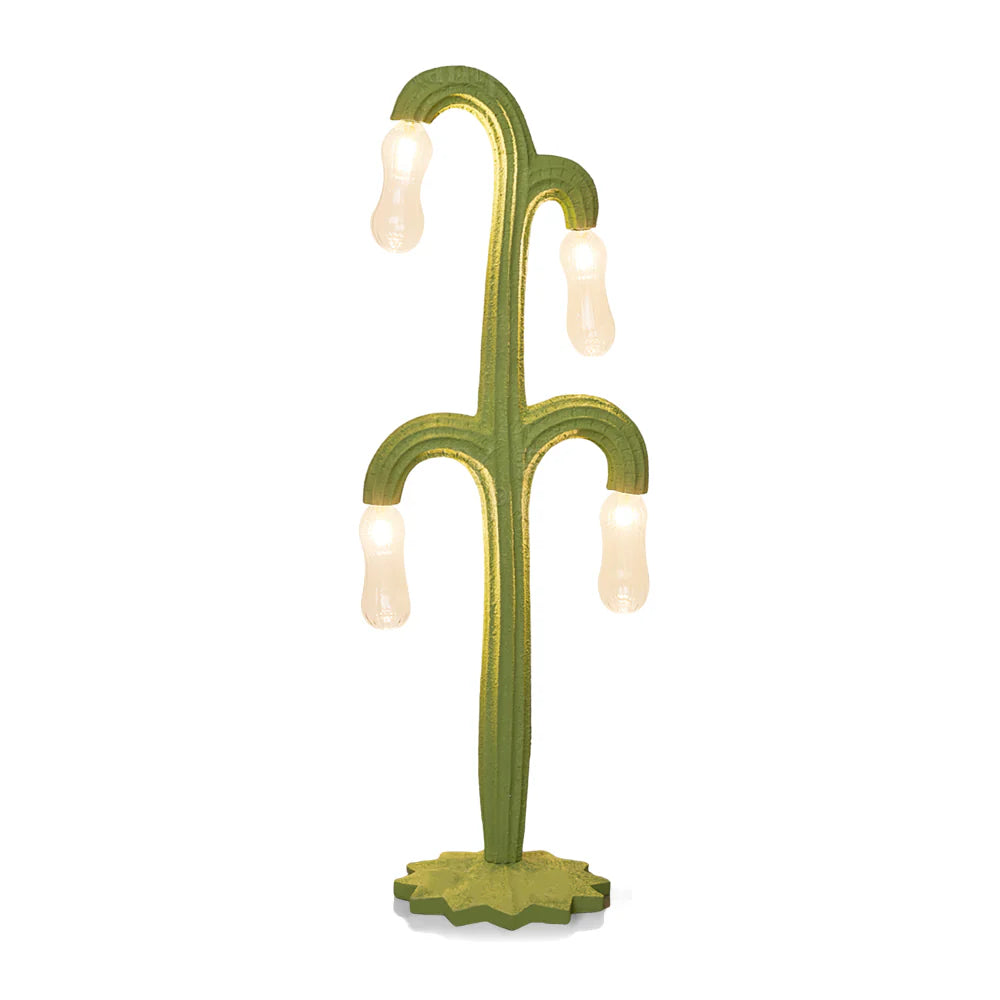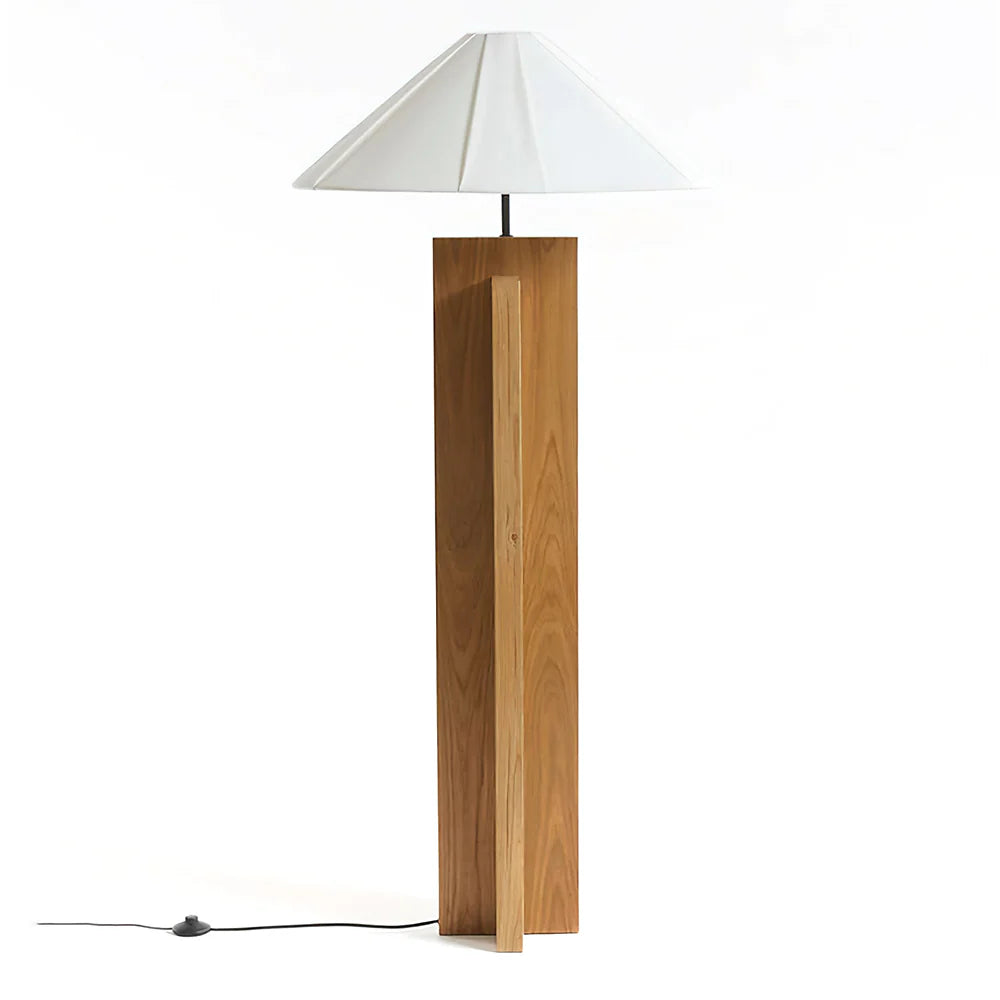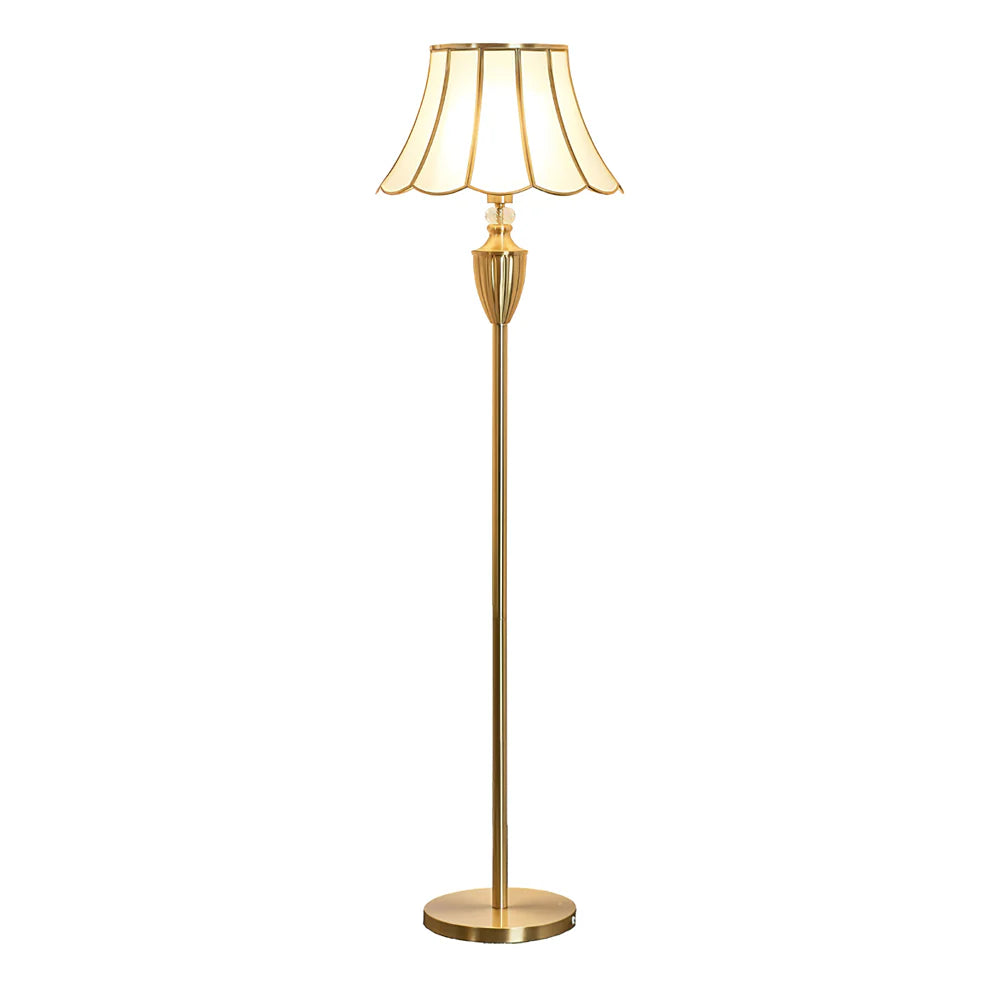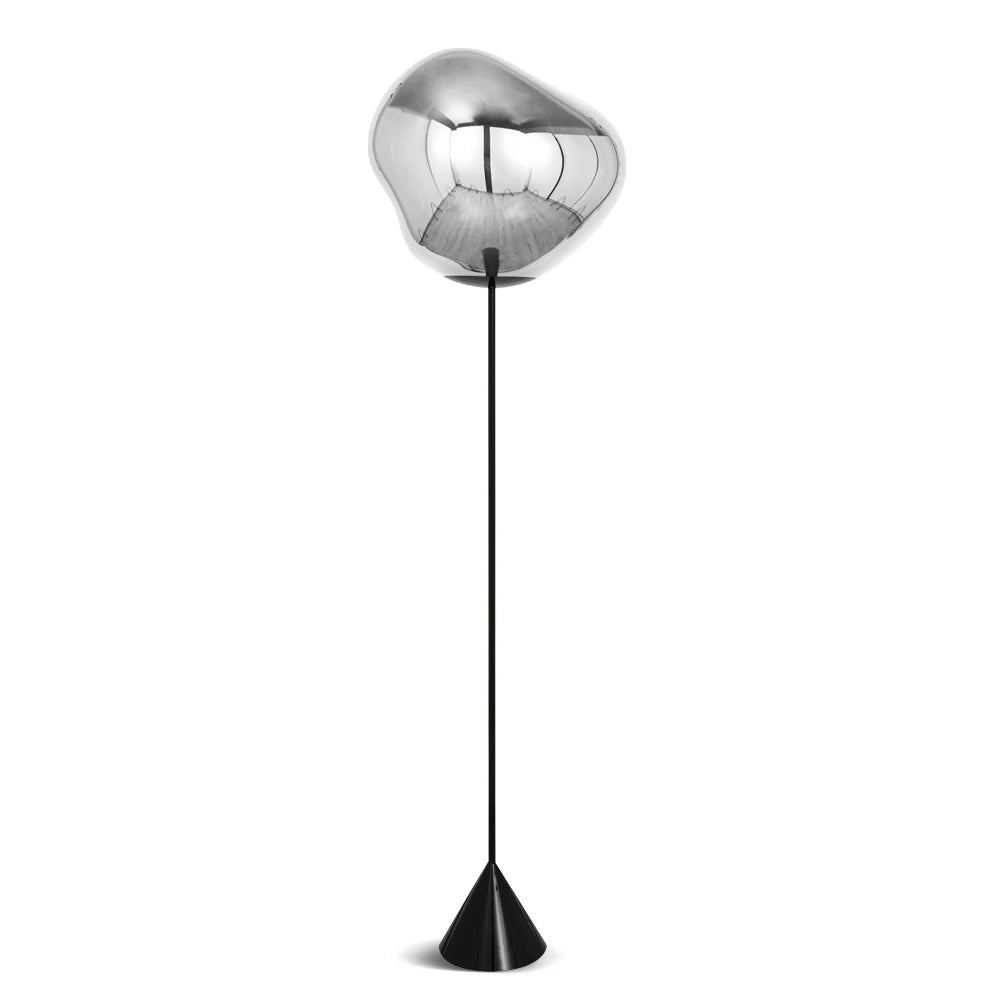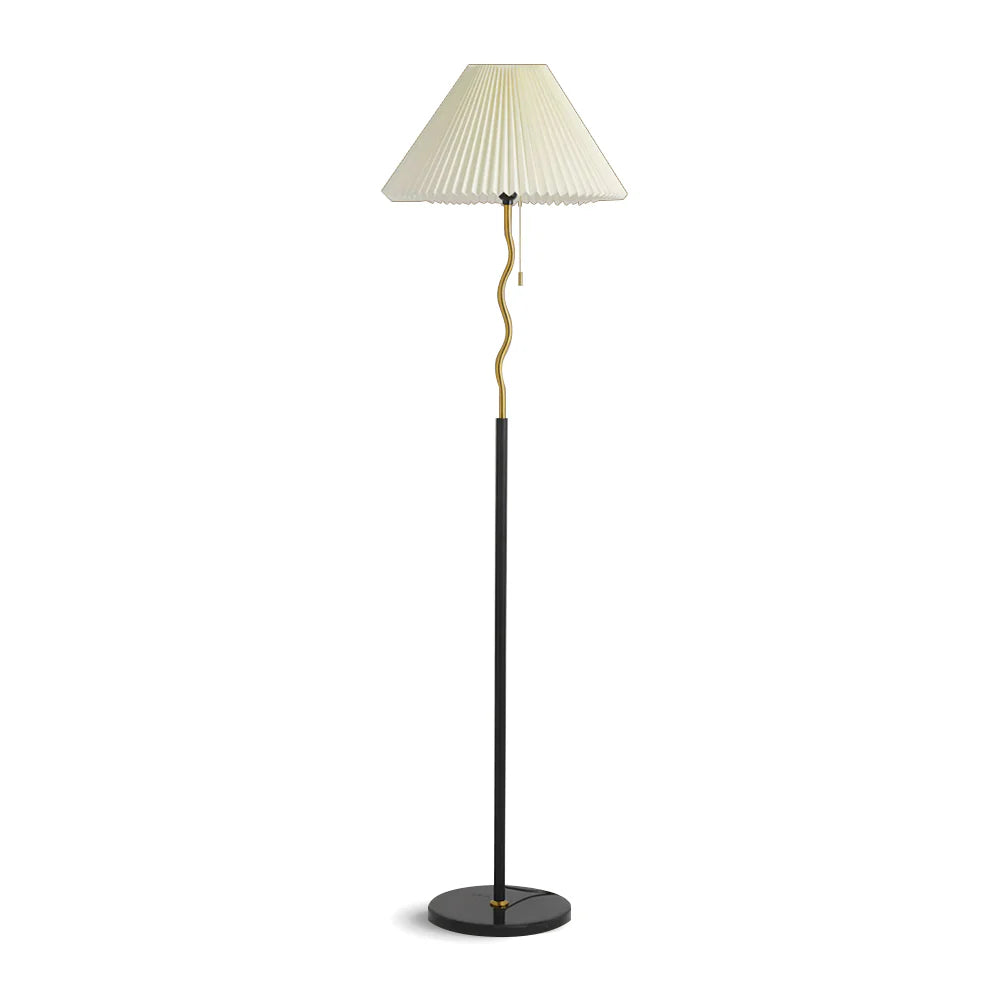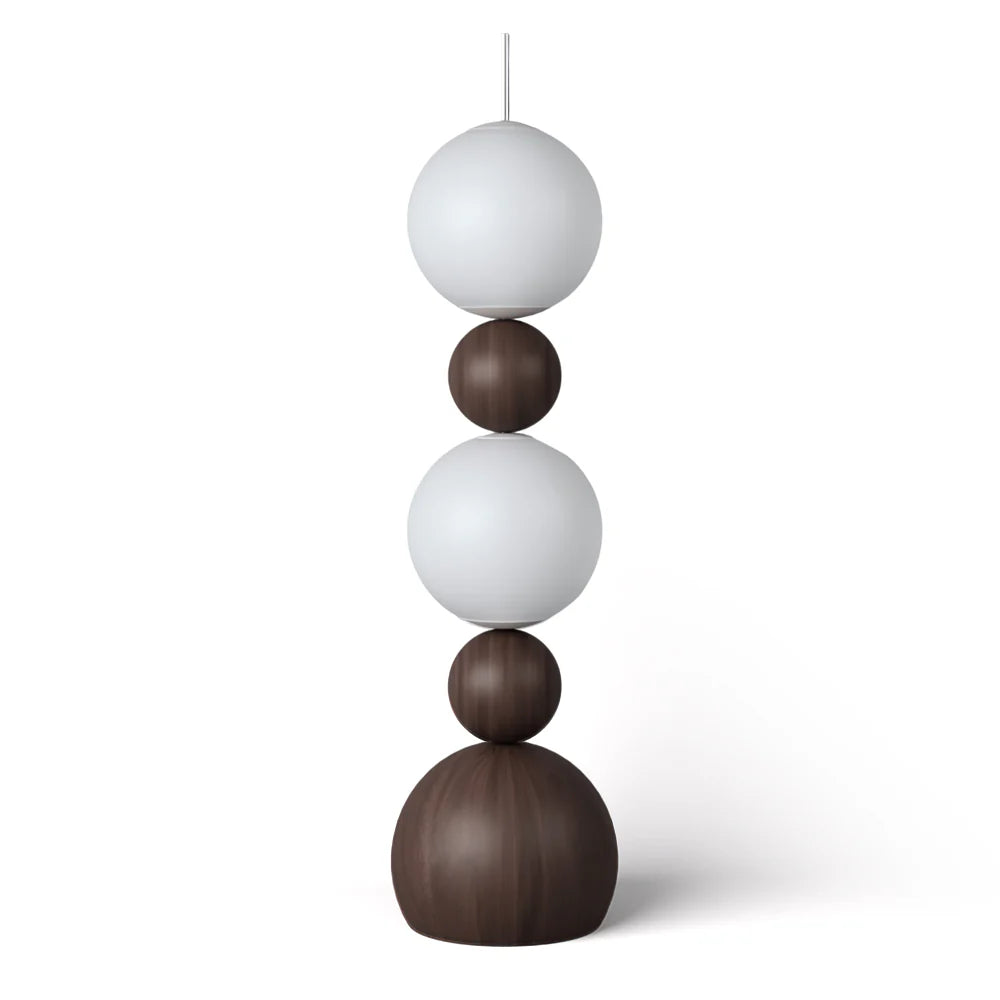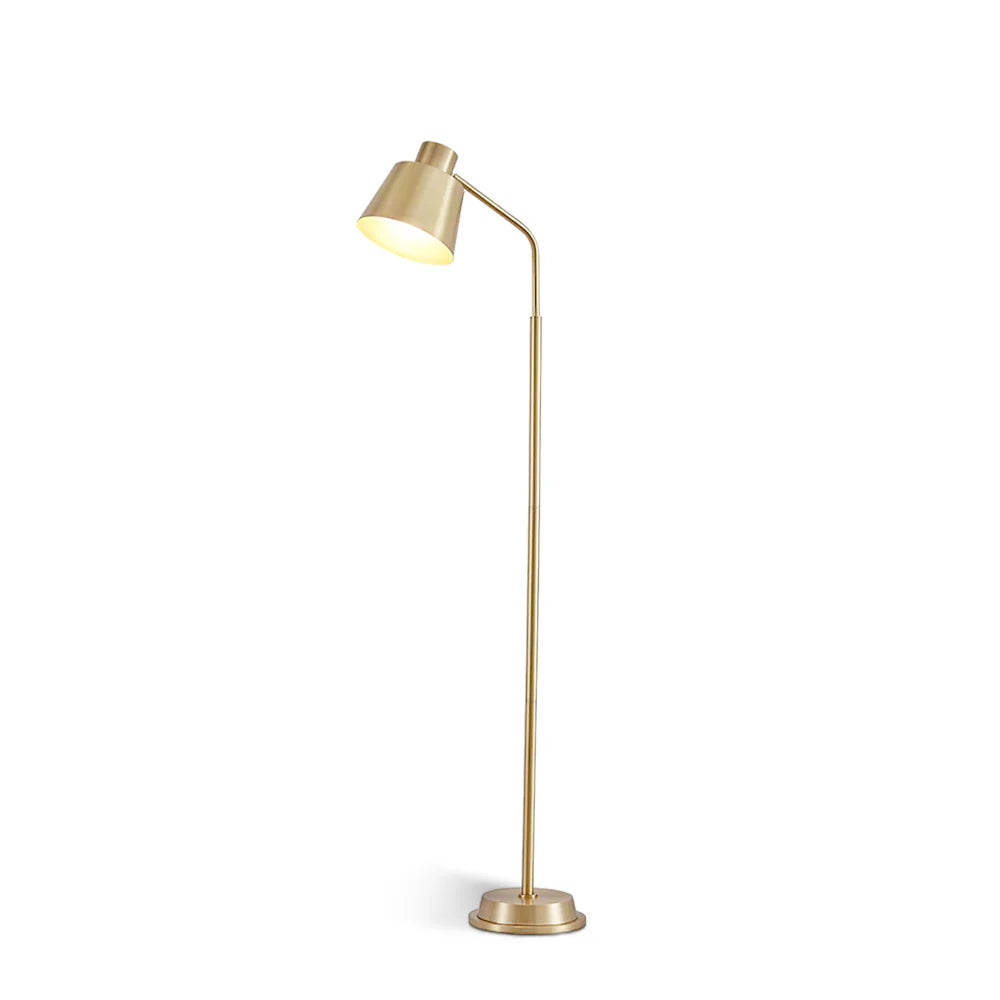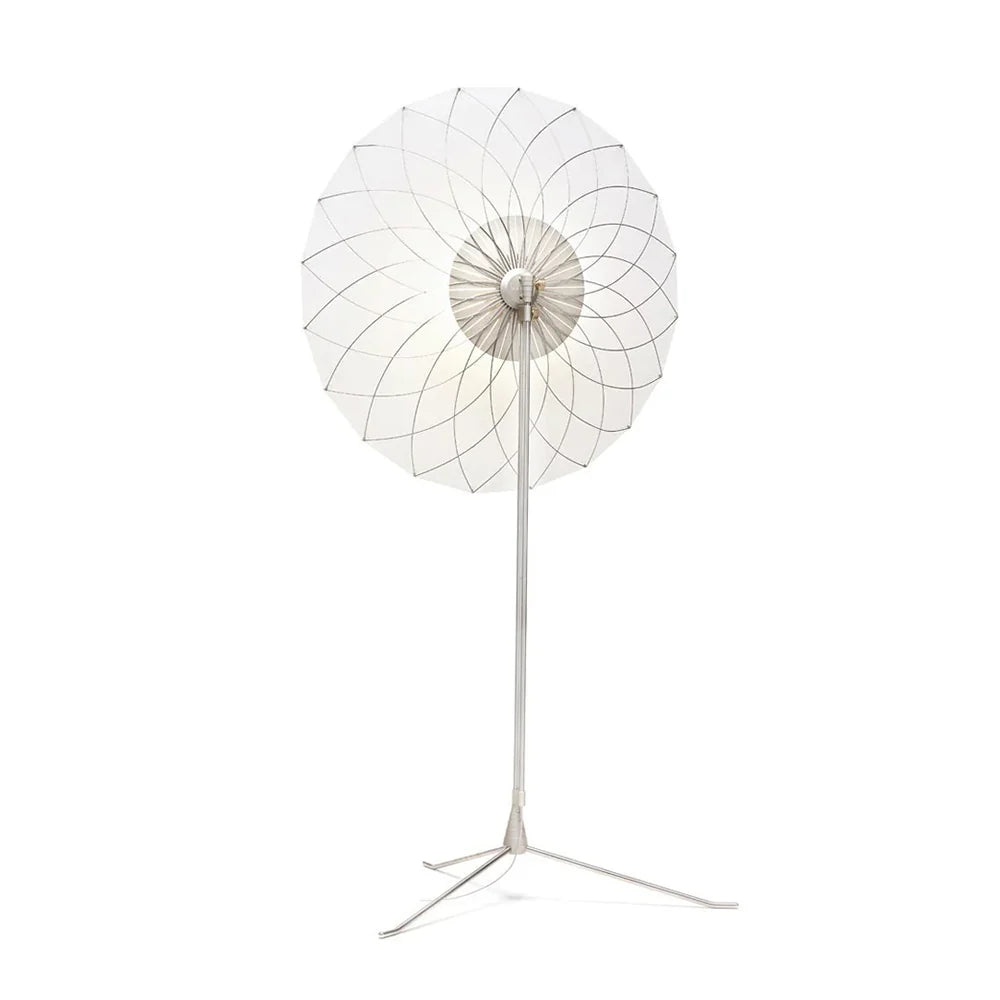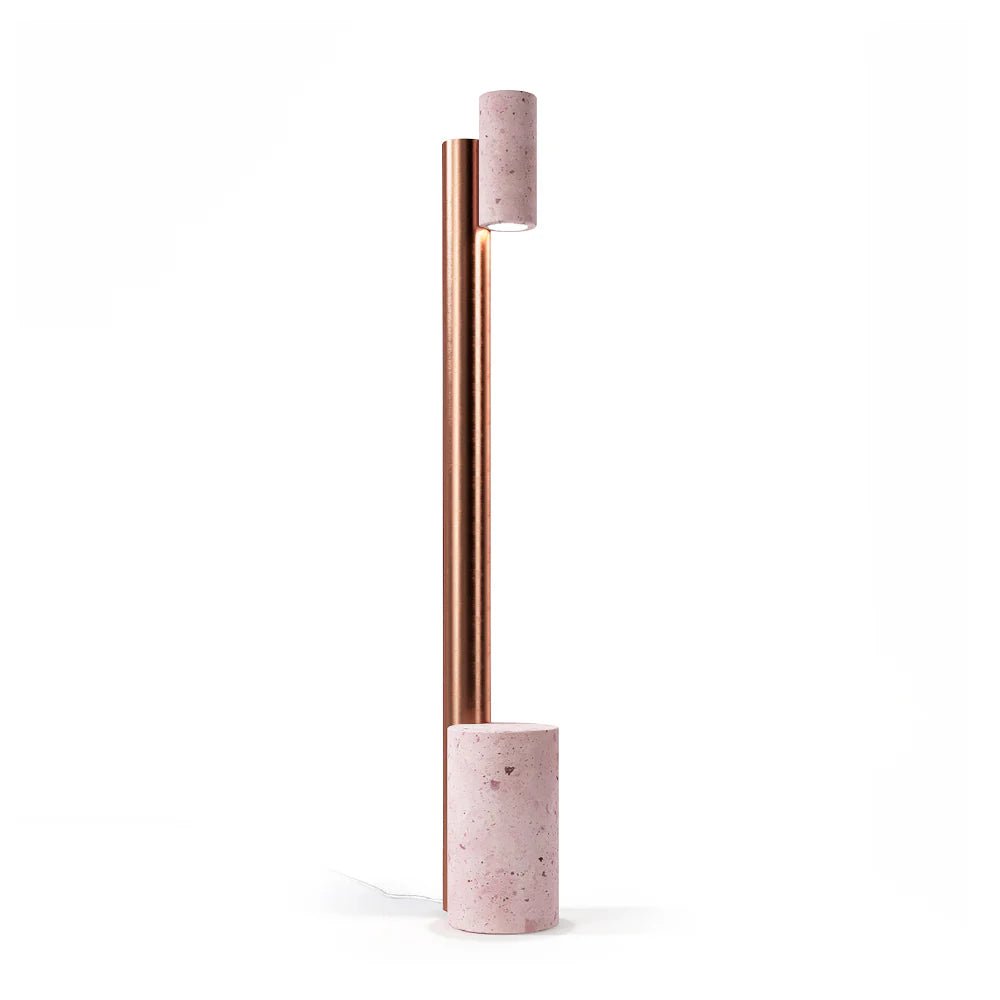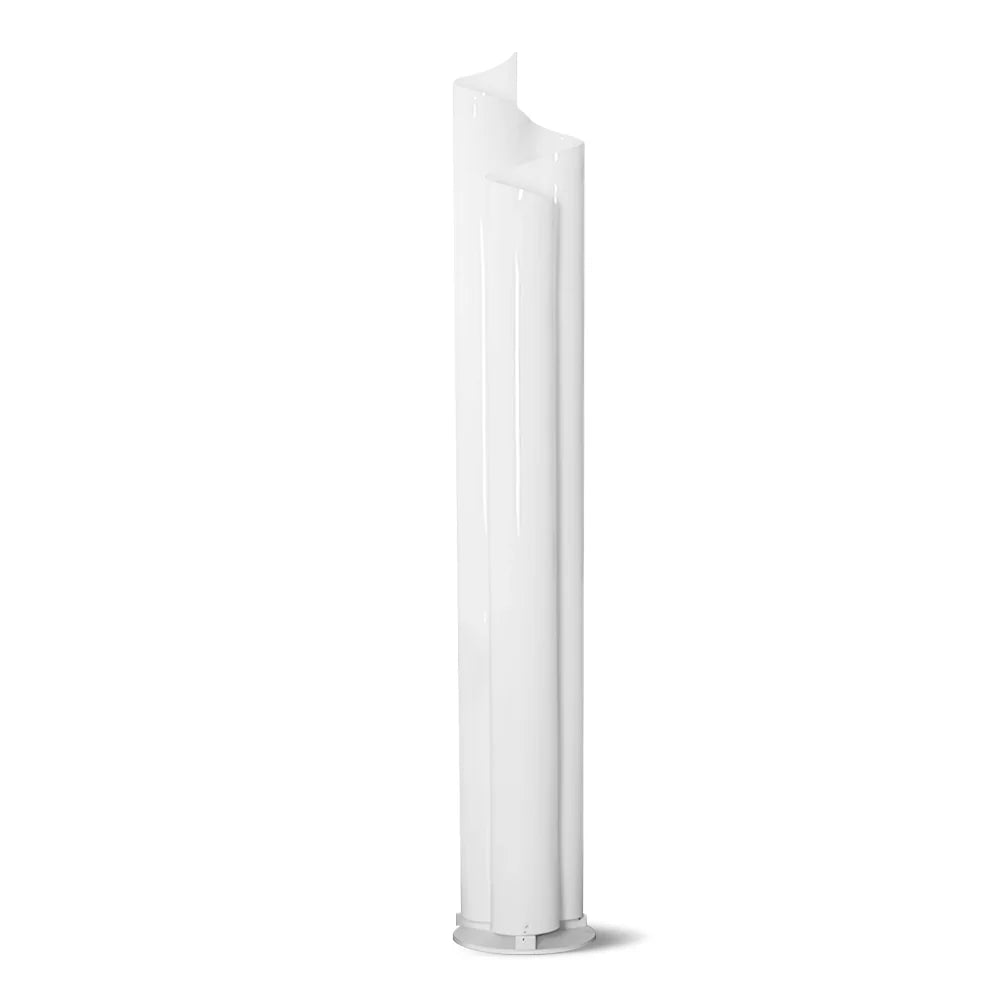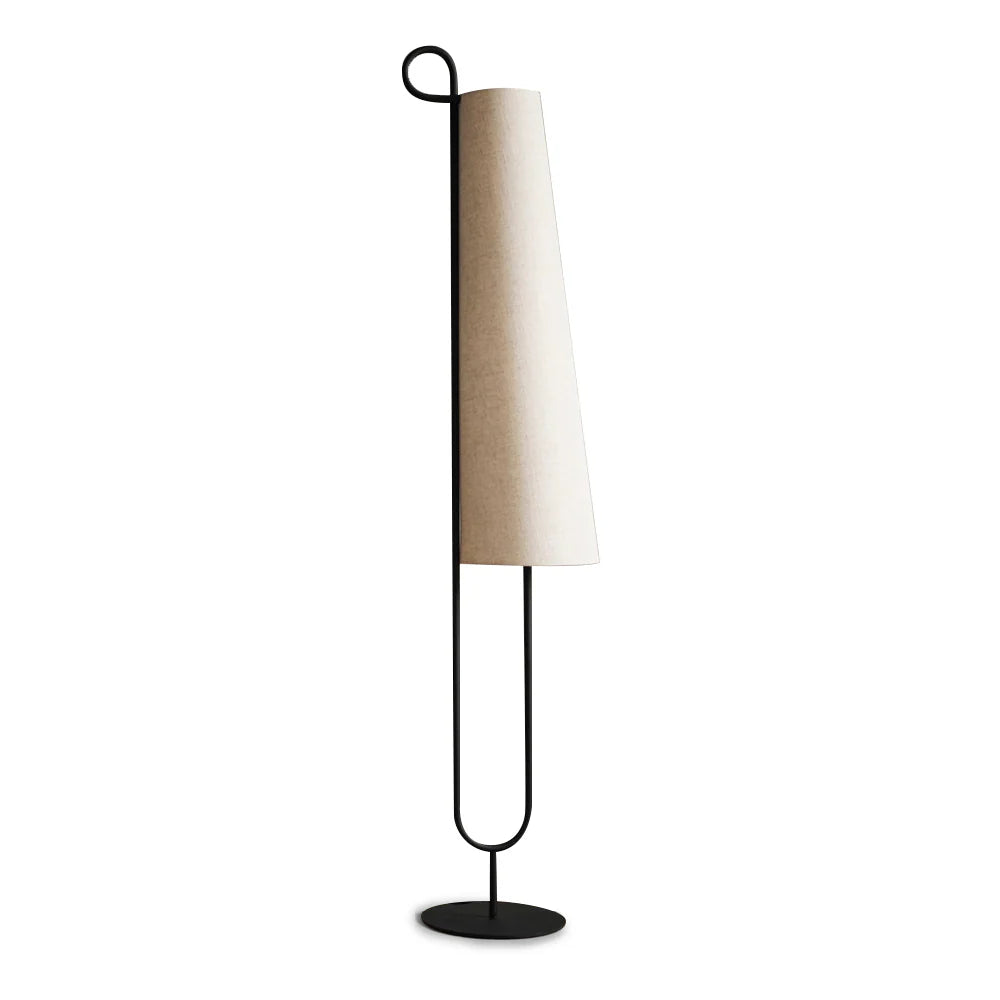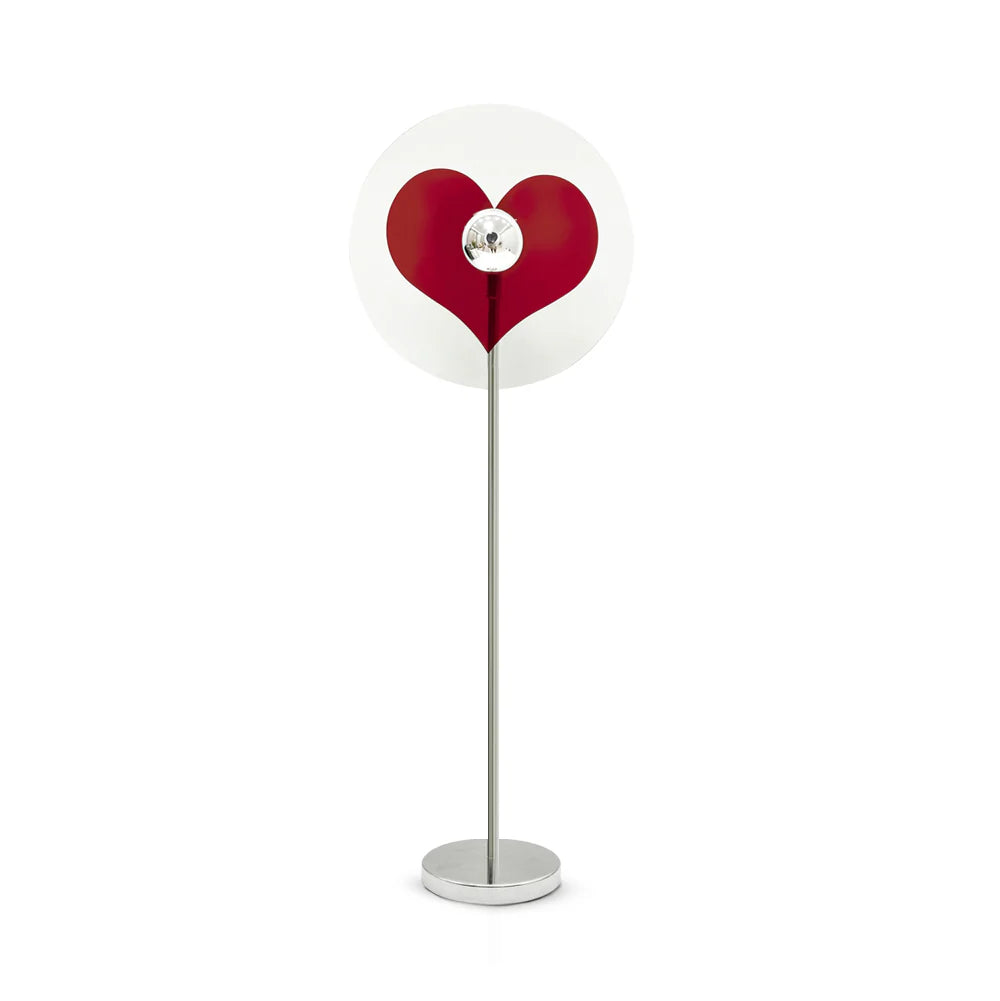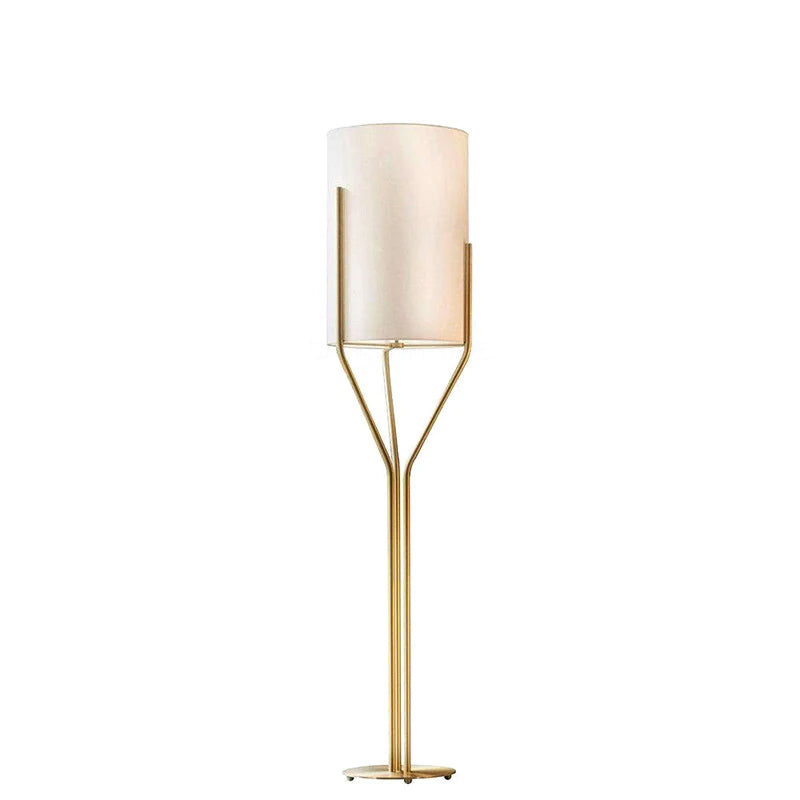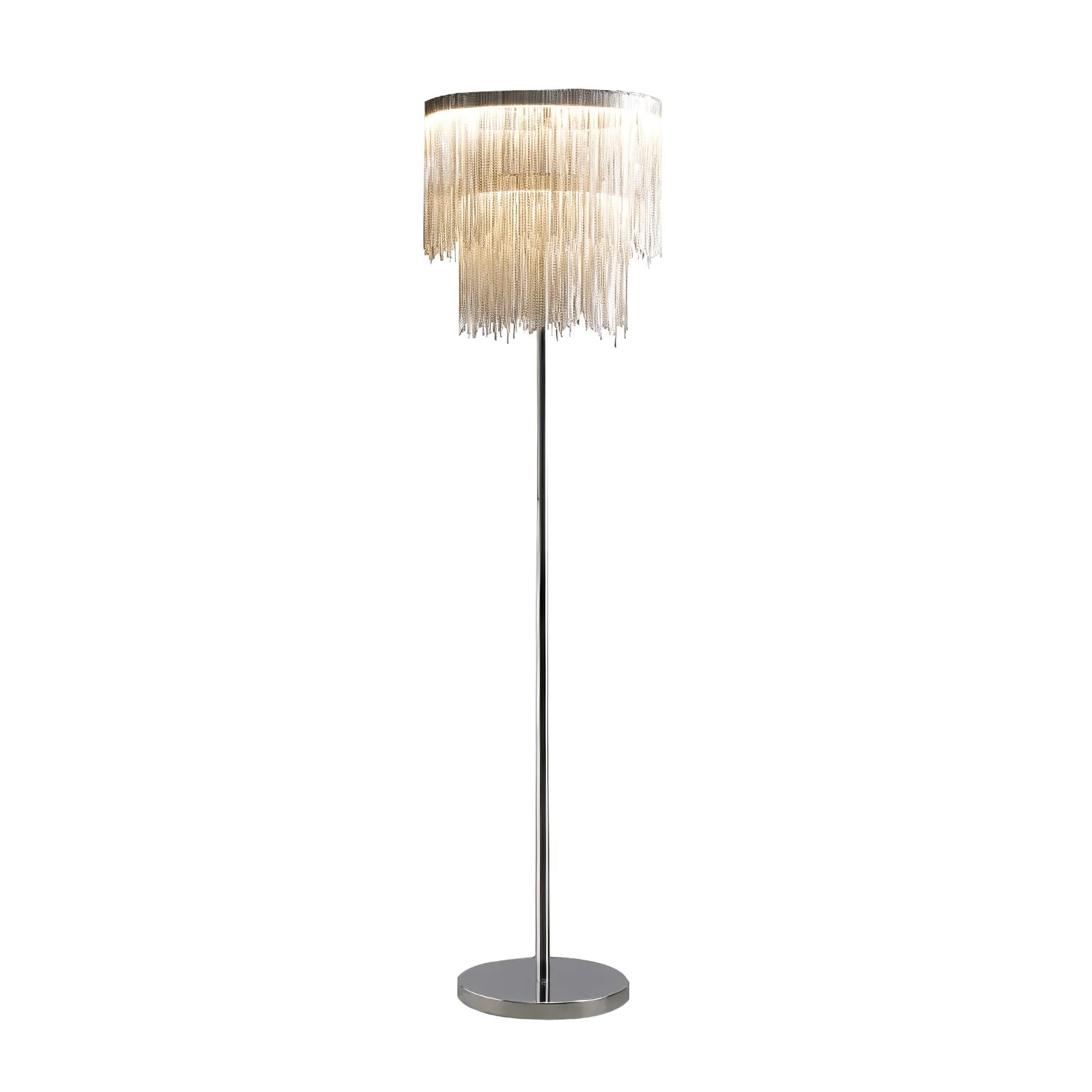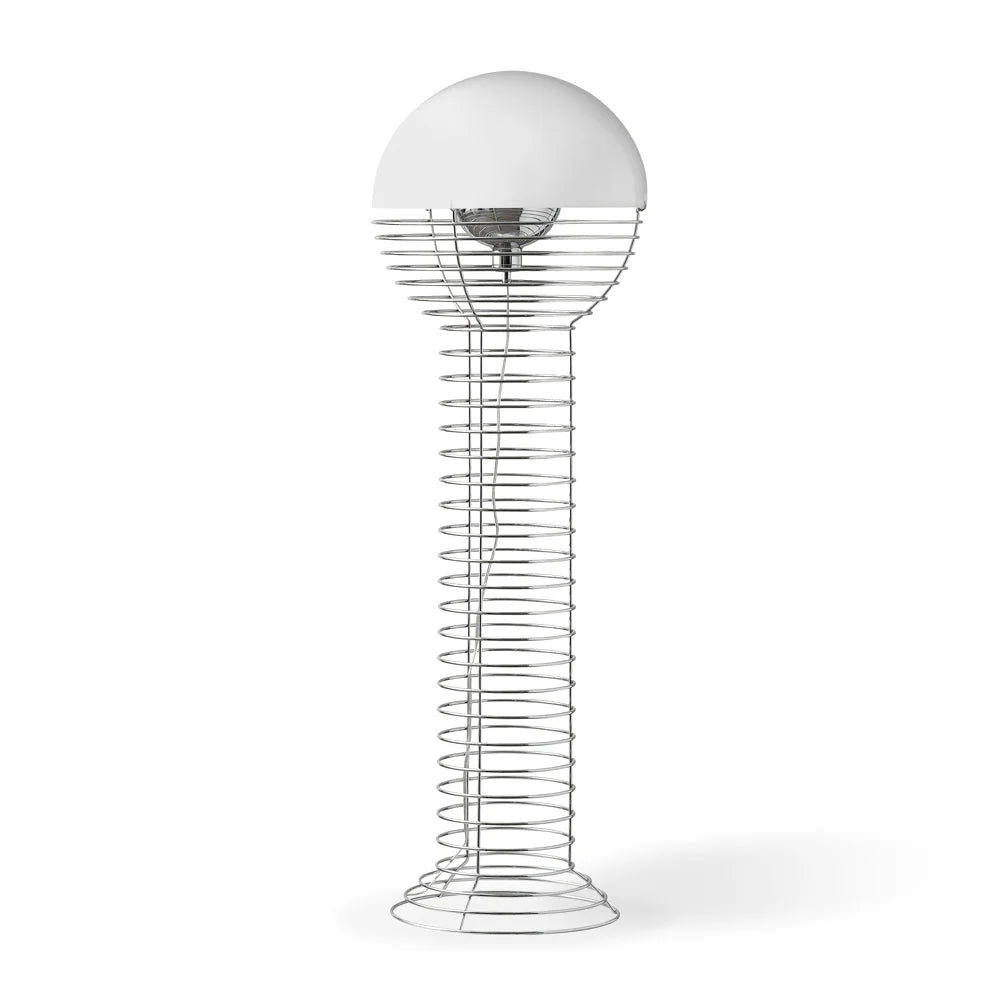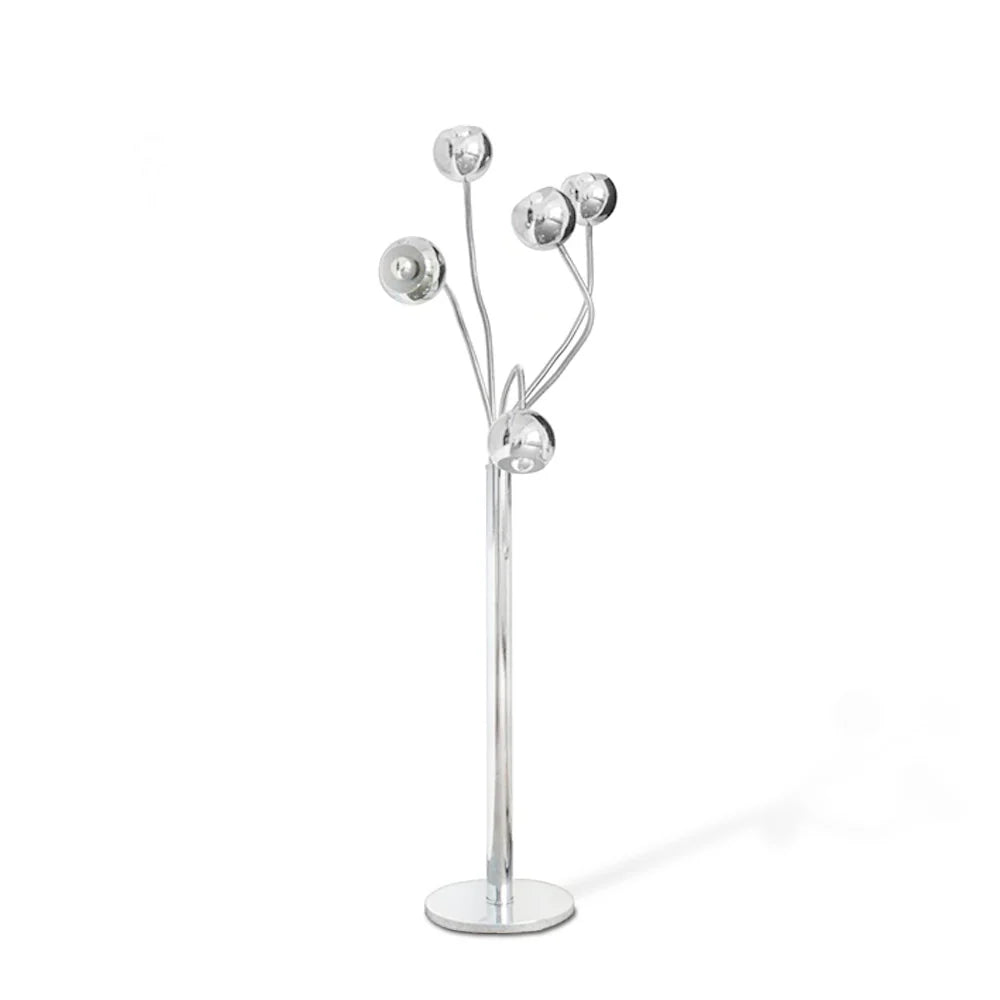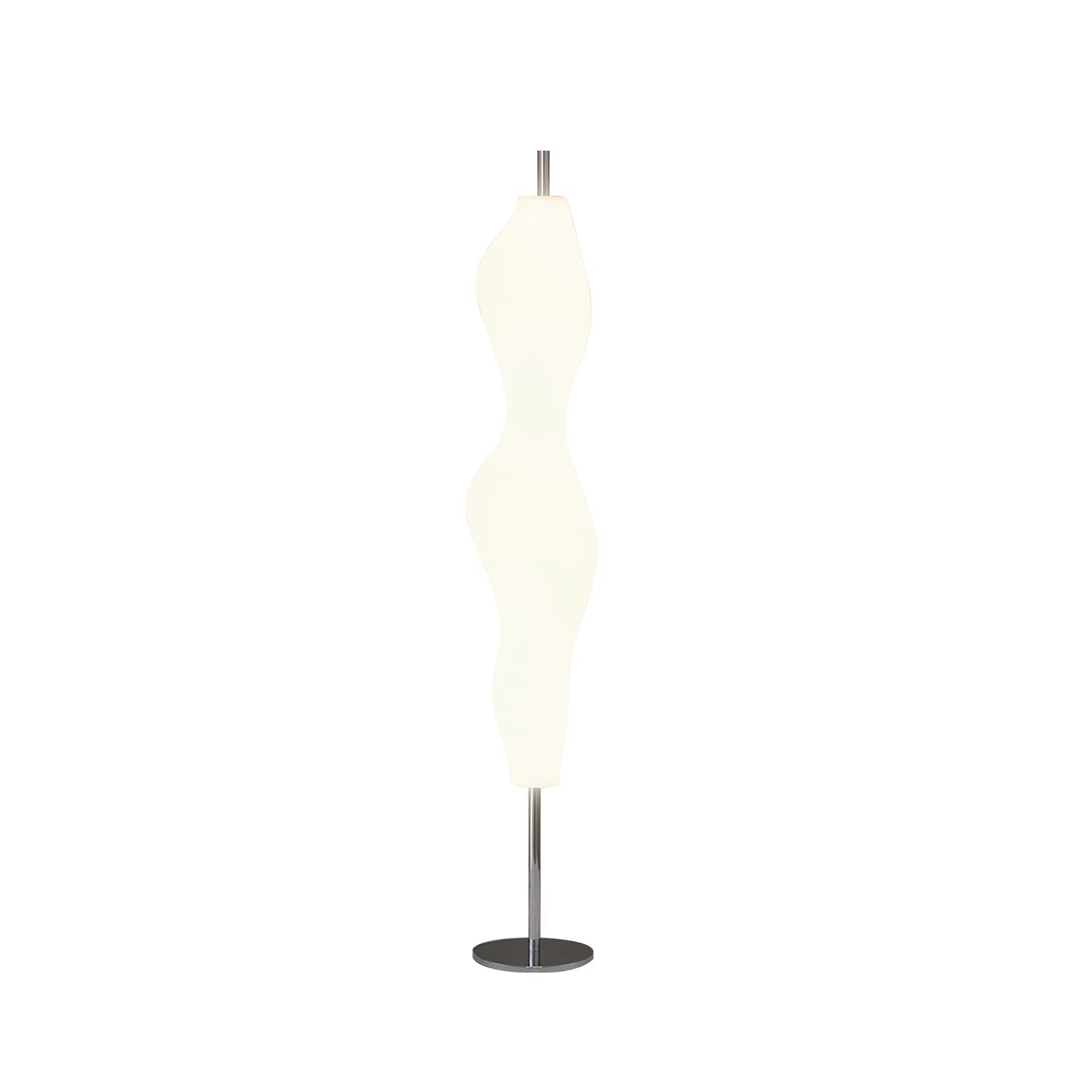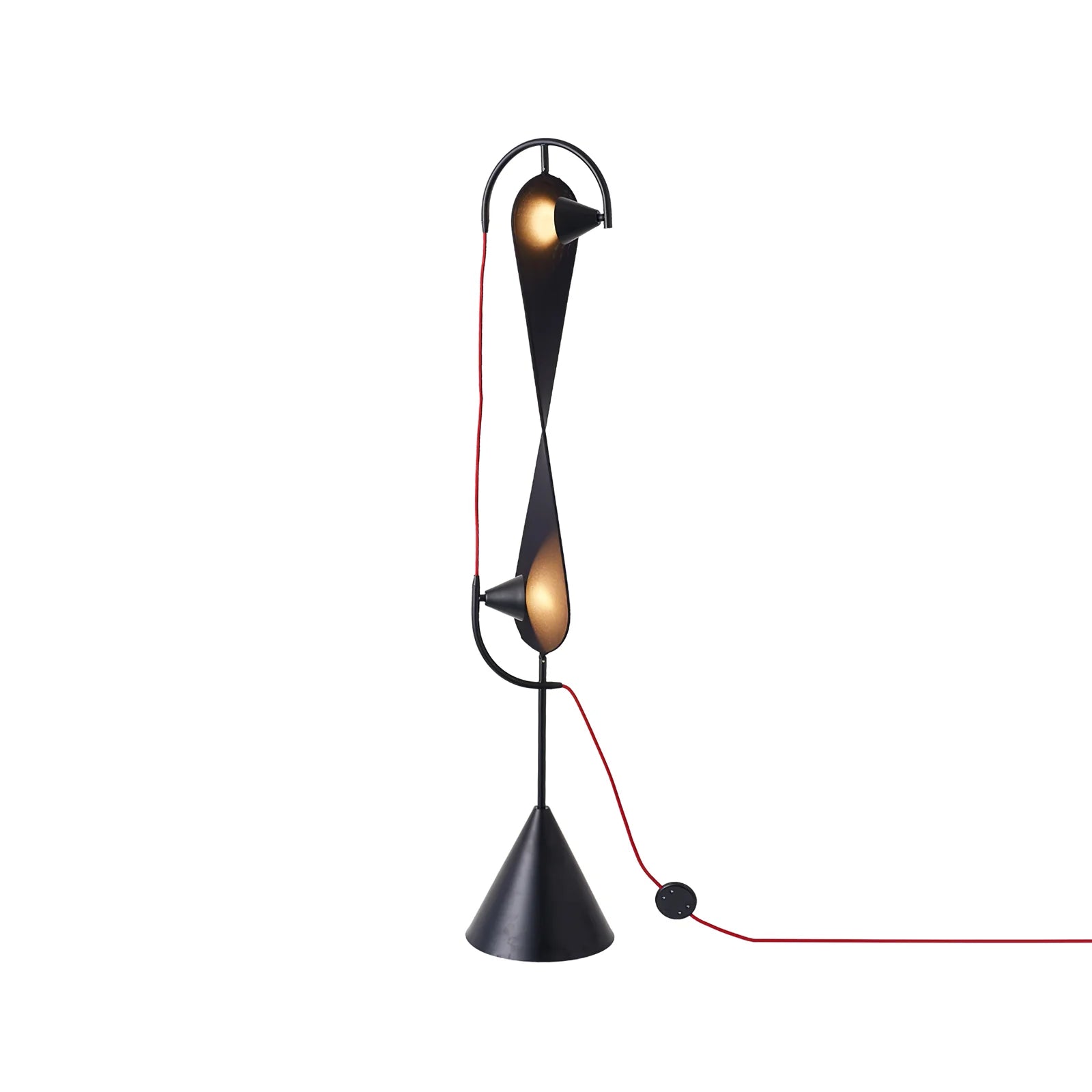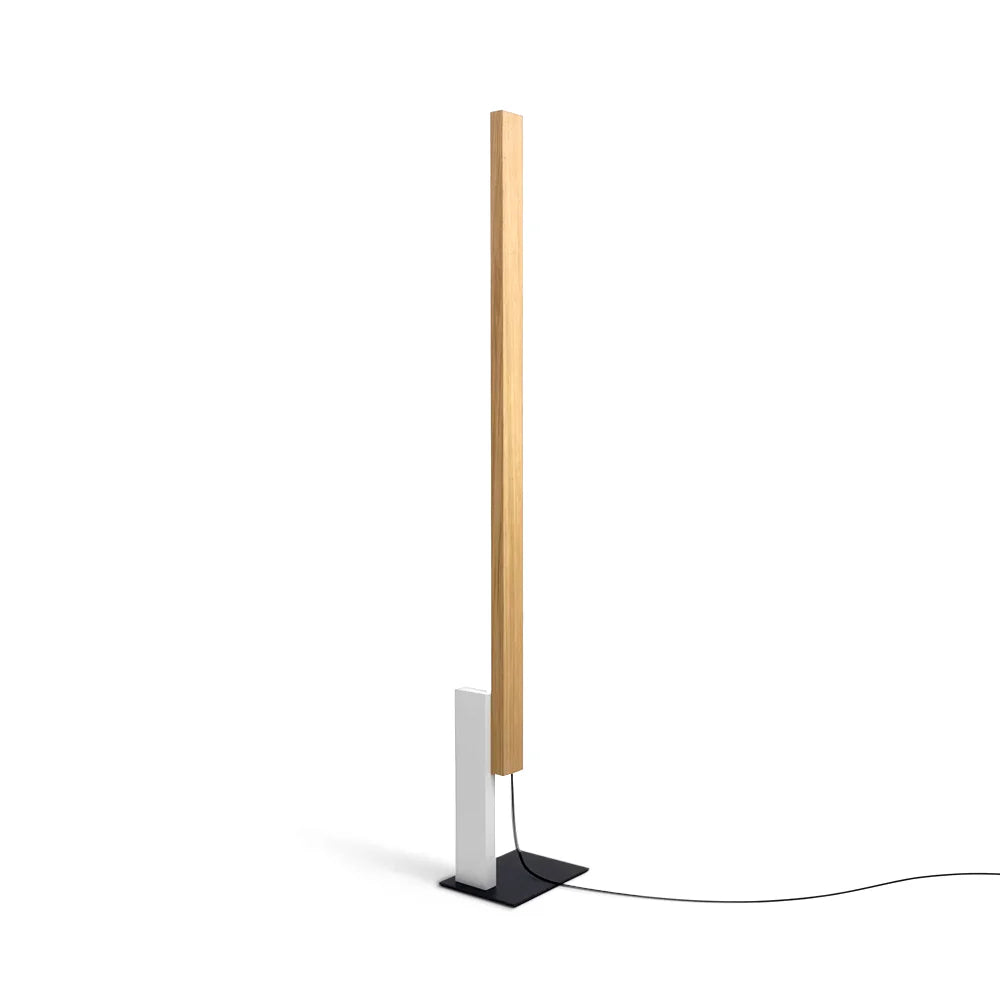
Understanding Kelvin Color Temperature: A Guide to Lighting Ambience and Precision

When selecting lighting for a space—whether it’s your living room, a commercial office, or an art gallery—Kelvin color temperature plays a crucial role in determining the look, feel, and function of the environment. Understanding this temperature scale not only helps you create the desired mood but also ensures visual comfort and proper color rendering.
📏 What Is Kelvin (K) in Lighting?
Kelvin (K) is a unit of measurement for color temperature, describing how warm or cool a light source appears. It ranges from very warm (yellowish tones) to very cool (bluish tones).
Kelvin color temperature does not indicate brightness—it measures the visual warmth or coolness of white light, based on the temperature (in kelvins) a blackbody radiator would need to emit that particular color. 
🎨 Color Temperature Scale Explained
| Color Temperature (Kelvin) | Appearance | Typical Use |
|---|---|---|
| 1,000K–2,000K | Ultra-warm amber glow | Candlelight, decorative lighting |
| 2,700K–3,000K | Warm white | Living rooms, bedrooms, restaurants |
| 3,500K–4,000K | Neutral white | Kitchens, retail stores, bathrooms |
| 4,100K–5,000K | Cool white | Offices, commercial spaces |
| 5,000K–6,500K | Daylight | Studios, task lighting, outdoor areas |
| 6,500K+ | Bluish white | Hospitals, security lighting |
🔍 Why Does Kelvin Matter?
Choosing the right color temperature affects:
1. Mood & Atmosphere
-
Warm light (2700K–3000K) promotes relaxation and coziness—perfect for home settings.
-
Cooler light (4000K–5000K) enhances focus and alertness—ideal for workspaces or kitchens.
2. Productivity
Studies have shown that cool white or daylight temperatures (5000K–6500K) can boost alertness, reading speed, and concentration, making them preferable in educational and professional environments.
3. Aesthetics & Color Accuracy
Artists, designers, and photographers often use 5000K+ lighting for true color rendering (high CRI) and minimal visual distortion.
💡 Practical Applications by Room
| Room/Area | Recommended Temperature |
|---|---|
| Bedroom | 2700K – 3000K (warm white) |
| Kitchen | 3500K – 4000K (neutral white) |
| Office/Home Study | 4000K – 5000K (cool white) |
| Garage/Workshop | 5000K – 6500K (daylight) |
| Art Studio | 5500K – 6500K (daylight accurate) |
🧠 Kelvin vs Lumens vs CRI: Know the Difference
-
Kelvin (K) = Color tone
-
Lumens (lm) = Brightness level
-
CRI (Color Rendering Index) = Color accuracy
Choosing a 3000K bulb doesn’t mean it’s dim—it may emit 1000 lumens and have a CRI of 90+. These metrics work together to define the quality of light.
🌍 Kelvin in the Real World
From antique-style Edison bulbs at 2200K to bright LED floodlights at 6000K, understanding Kelvin allows homeowners, designers, and contractors to tailor lighting to every space and purpose.
This is especially important in:
-
Museums and galleries where color accuracy is critical
-
Hospital environments where cool lighting supports clarity
-
Smart homes where lighting changes based on time of day
📚 A Brief History: Why Kelvin?
The Kelvin scale was developed by physicist William Thomson, 1st Baron Kelvin, in the 19th century. It’s an absolute thermodynamic scale based on the theoretical temperature of absolute zero.
In lighting, the term was adopted because of how heated blackbody radiators emit different colors at specific temperatures—a scientific standard still used to this day. 
🛒 Choosing the Right Fixtures
At Malane Lighting, we use color temperature standards to help customers choose the right ambiance. Whether you want a warm minimalist chandelier or daylight-accurate task lighting, our product pages clearly display Kelvin ratings so you can buy with confidence.
📌 Final Thoughts
Understanding Kelvin color temperature is essential to creating effective, comfortable, and visually harmonious spaces. Whether you’re designing a cozy den or a high-efficiency workspace, the right Kelvin rating will make all the difference.
